I read Parable of the Sower for the first time in my twenties—it was an adventure tale then. But now, I see Octavia Butler’s story of a young woman who negotiates loss and a journey toward a new life actually holds a tremendous amount of wisdom for negotiating life changes: to ride with change rather than resist it, to respond to change by bringing forth more of our gifts and wisdoms, rather than our fears and evasions.
For we are, indeed, in a time of change. While we are always changing—our cells replacing themselves, our children growing up, passing of beloved pets, places, homes and people—collectively we are entering new terrain. Our Earth, our only known home, the only known biosphere where humanity exists, crossed the 1.5 degrees Celsius threshold in February 2024. We live now in the warmest temperatures in pre-industrial recorded human history, in a world of new experiences, new dangers, and new uncertainties.
Knowing our human animal nature, our body, its rhythms, capacities, strengths, weaknesses, hidden trapdoors and secret passages, is the work of a lifetime. It is the journey of bone-knowing our essence, of the gifts we came to the world with and all the beliefs, values, filters that our culture has inculcated in us. But it is not our only purpose: our work is also to become human beings, integrating our bodies with our minds, hearts, and souls for the sake of community. All faith, all prayer, meditation, pilgrimage, group practice are designed to aid us in this journey, to give us a community to return to where our wisdom, gifts and souls are expressed.
Humans are biologically wired for social connection. Our autonomic nervous system has two branches: sympathetic and parasympathetic. Recent science discovered further branching of the parasympathetic system into two branches: ventral vagal and dorsal vagal.
At the top of the ladder, when in ventral vagal states, we can calm ourselves with our breath. We feel empathy for others. We play games. We are social. We can witness a friend’s pain and respond to them, or comfort a crying child, or help our wounded pet. We can access all the capacities we have worked hard to develop and use our skills—yoga, prayer, reaching out—to help ourselves in pain or change or whatever our circumstances demand.
When we get frightened, we move down the ladder evolutionarily, to an older part of the brain, one we share with multiple species. This step downward takes us to the sympathetic nervous system, what Deb Dana calls “mobilization.” Depending on our internal perception, we could find the energy for that last mile in the marathon, or we could run away from a wild animal. The context informs our response. In extreme distress, we move further down to the ladder to dorsal vagal, or “immobilization.” We may stop connecting with other people and draw inward.
Covid isolation taught many of us that being with people is essential to our well-being. Biology reinforces this. We are primates and all along our family tree, our kin live in community. Our closest relatives, chimpanzees, live in troops, as do gibbons, howler monkeys, and baboons. Even orangutans are now classified as only “semi-solitary.” Yet many of us have lost the skills of living in community, primarily because most of us were raised in less than evolutionarily optimal conditions. In The Evolved Nest, psychologist Darcia Narvaez and ecological psychologist G.A. Bradshaw document the optimal conditions for human beings such as sharing care, touch, breastfeeding, free play, and moral commitment. In the absence of these communal conditions, we become more vulnerable and exposed, more likely to move down the evolutionary ladder into distressing sympathetic and dorsal vagal states.
We can choose to turn toward more optimal conditions for ourselves. I observe this every time I host a community ritual. Community means we come together as a “sudden village” where we are invested in one another, in re-building, for a brief time, the village mindset that all our ancestors nested within. We create an energetic container to hold one another in relationship to our impetus for gathering—be it grief or gratitude or movement. We create the container with our intention, becoming attentive, generous, and kind with one another, sharing with respect and care. Even if we have been fearful and alone before the ritual, I am always amazed at how kindness, respect, and sufficiency of time warms even the shyest, most remote, most fearful soul.
At a recent grief ritual, in our first hour, I urged the community to pause in sharing their grief and feel in their bodies the change in the room. The warmth, attention, and care in the circle was palpable, and I saw shoulders soften in real time as people allowed themselves to feel that moment in their bodies. Being in community encourages us toward co-regulation, toward ventral vagal states. In groups, we create a bigger energetic container than just our solo consciousness—one that holds possibilities for change. Our awareness and bodies just need the presence of others to have space to stretch out, to return to the way humans lived for 100,000 years before industrialization took hold, and we fractured into smaller units. As we tend to one another in our sudden village, our ability to access our human fullness becomes more robust. We become more porous to the world through group song, poetry, and movement, more able to live with the complexities and paradoxes of life.
Ritual is an ancient human technology—an activity engaging our bodies, minds, and souls simultaneously. Ritual is part of our human inheritance. We know its rhythms and power in our bones, though we may not have experienced it in our lifetimes. Ritual can move us into a spacious sense of life. I have been in community rituals singing, moving for hours, and am always astonished at how relaxed and enlivened I feel afterward, finding the time not exhausting, but calming and regulating. Living this way leads to a slower, centering pace. The first time I encountered true ritual, I felt I had come home to soul in a way I had never experienced before in my life. That feeling is potent and evocative.
Choosing to step away from society’s isolating strictures, to remove ourselves from the mechanized pace of modern living, to be vulnerable together in ritual and community, to identify and nourish our human beingness, is to create what Margaret J. Wheatley calls, “an Island of Sanity” in the world. Within the bigger container of community, using a particular quality of attention and intention, we can sometimes—and with practice more frequently—choose differently how our bodies move up and down the biological ladder when experiencing change. We have faith practices, communal practices, personal practices, skills and relationships to support us in moving to where we want to be in our animal bodies to express our humanity.
Yes, we have crossed permanent thresholds: personally, communally, planetary. We have taken the wrong street, the detour, the bad decisions of the past, transgressions of great pain and wounding. And yet, “the world offers itself to you” each day, as Mary Oliver said, each morning a new beginning, each moment an invitation to draw closer to our hearts and souls, longings and dreams. Viktor Frankl, after surviving four concentration camps in World War 2, wrote “the final freedom that can never be taken from us is to choose one’s attitude in any given set of circumstances, to choose one’s own way.” From the limitations of our mortality and skillfulness, I invite us to live our fullness, in relationship with each other, and make different decisions.
Kirsten Mowrey holds community rituals periodically and works with individuals privately. Find her at kirstenmowrey.com.
Related Articles:







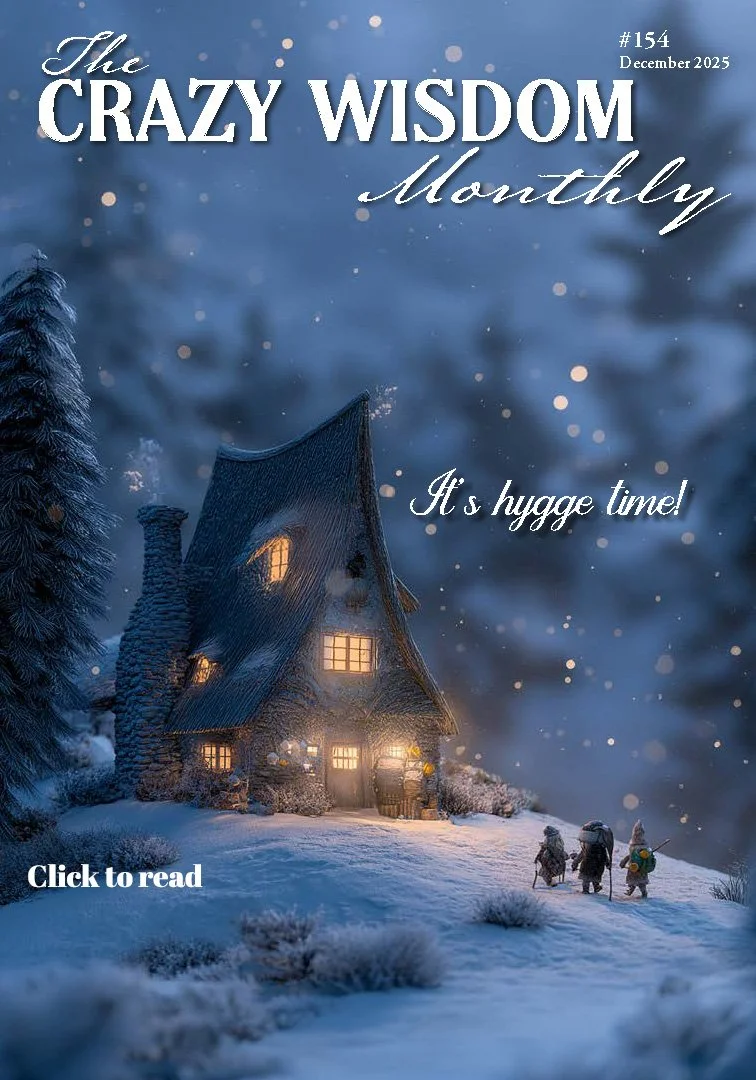
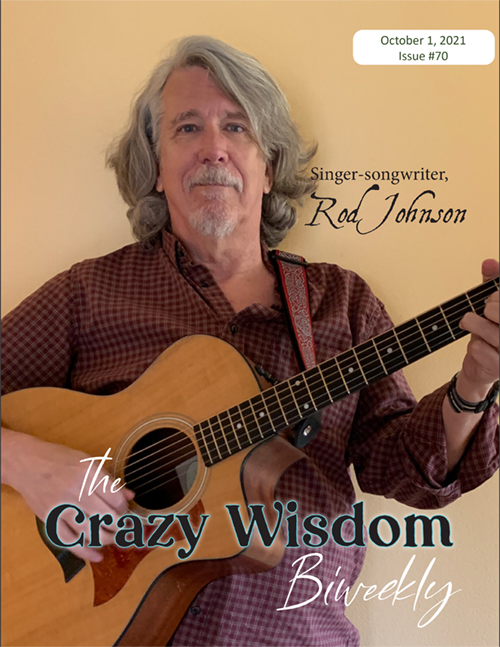
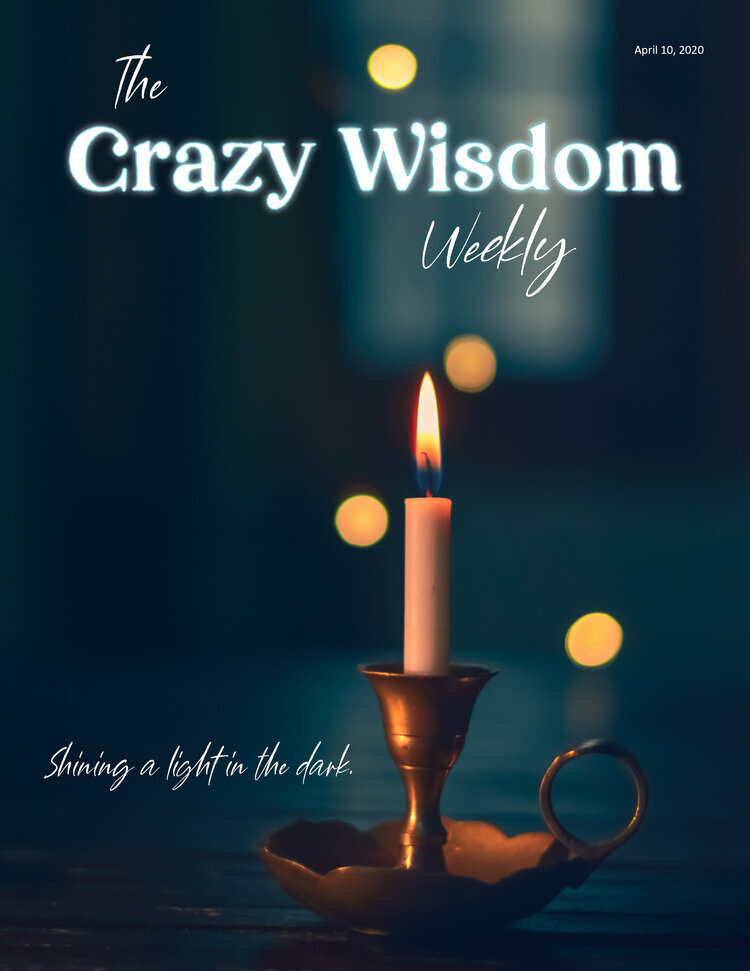
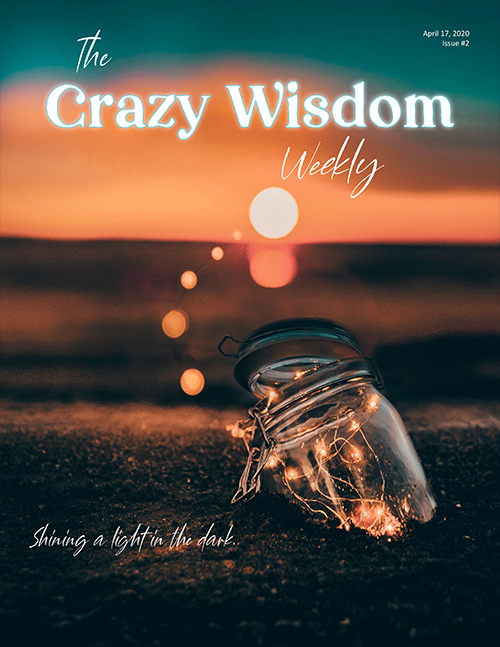
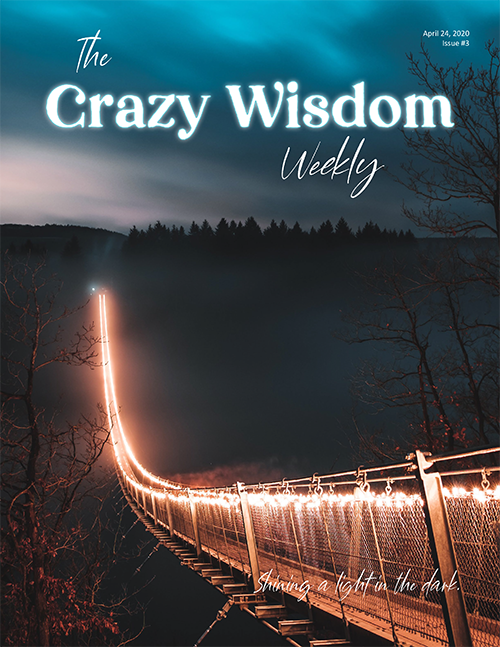


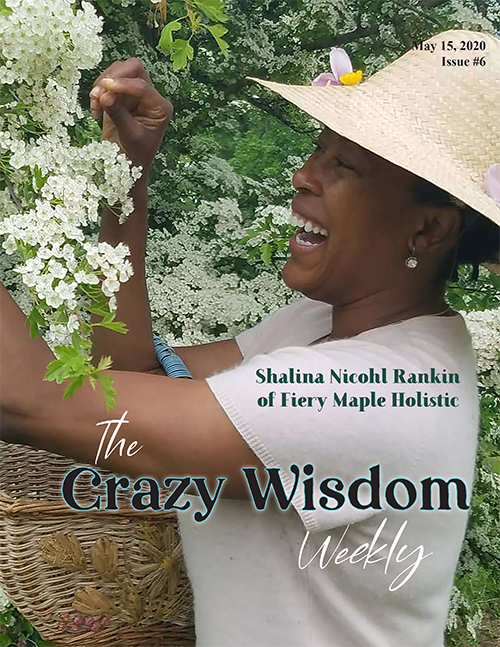
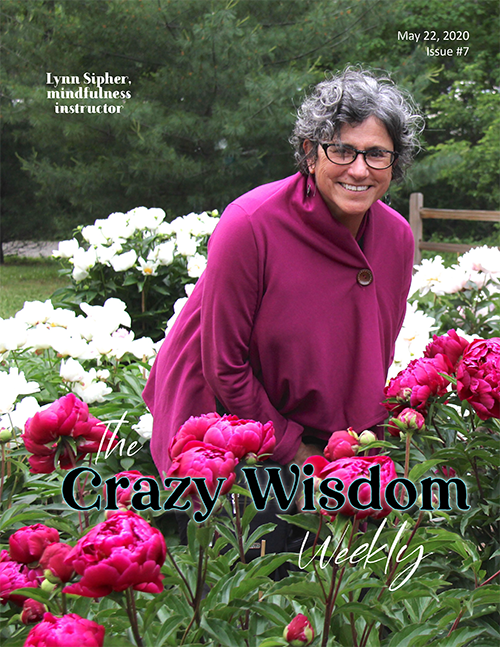
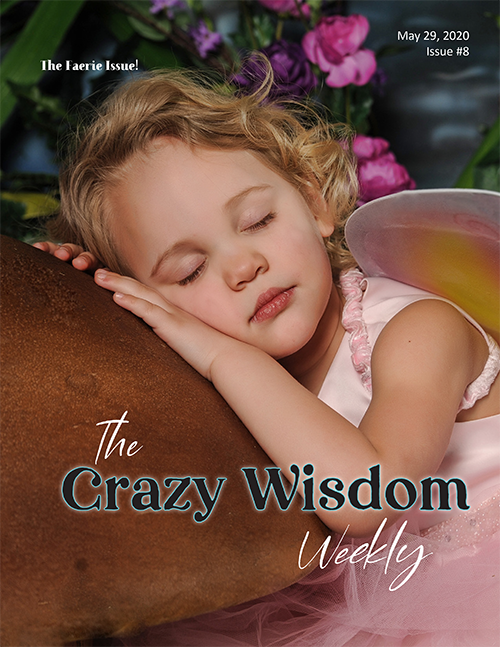
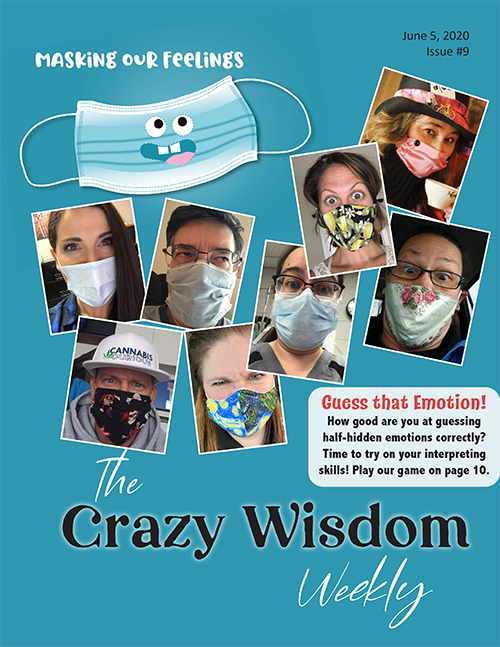
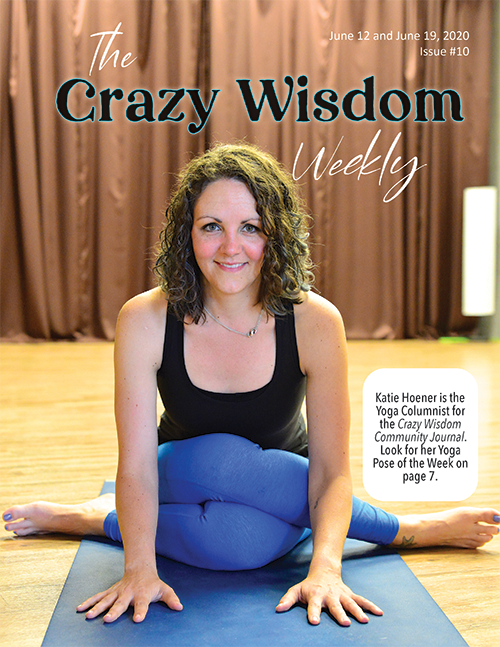
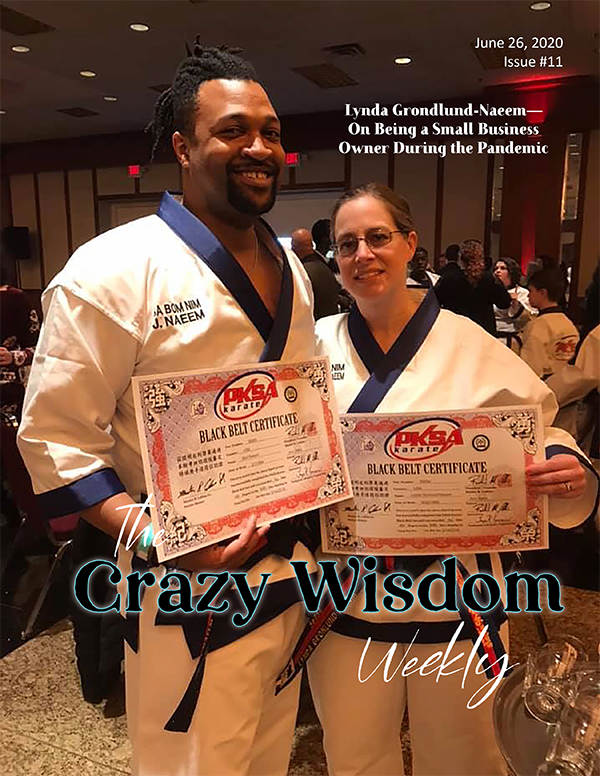
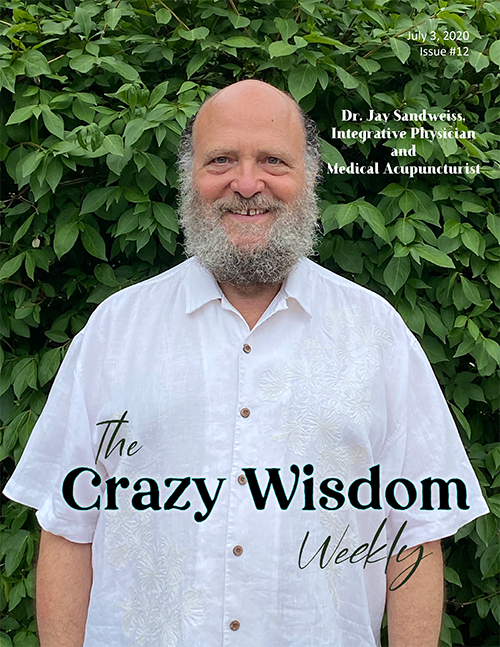
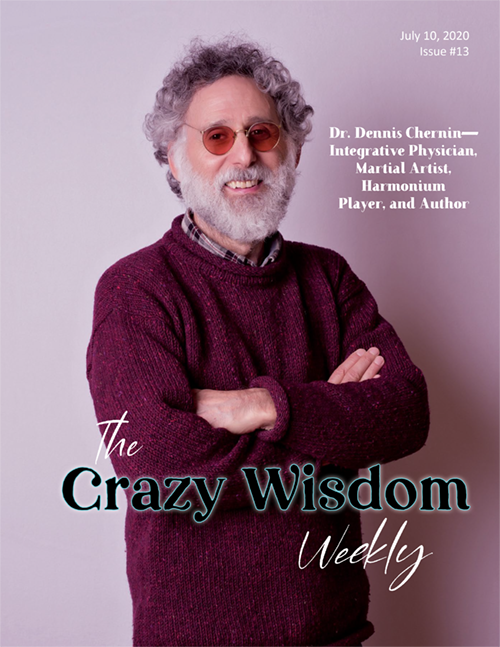
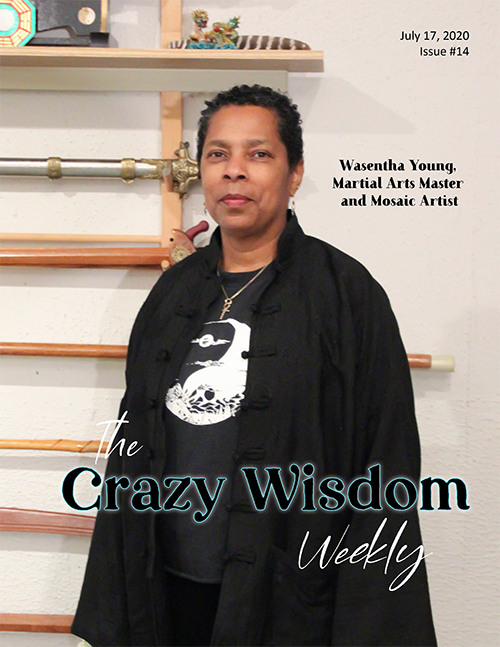
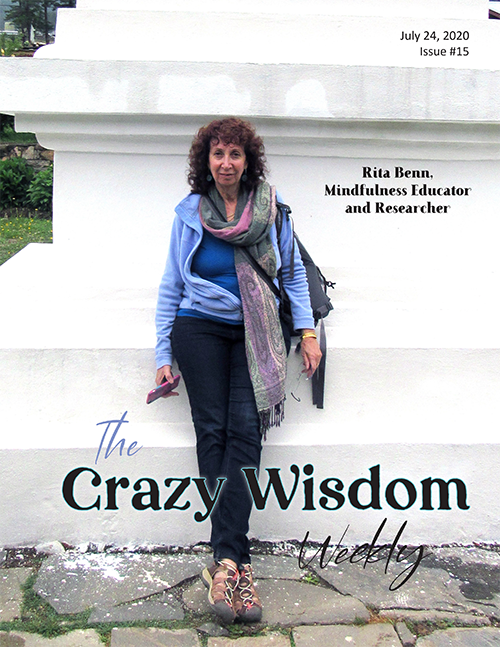

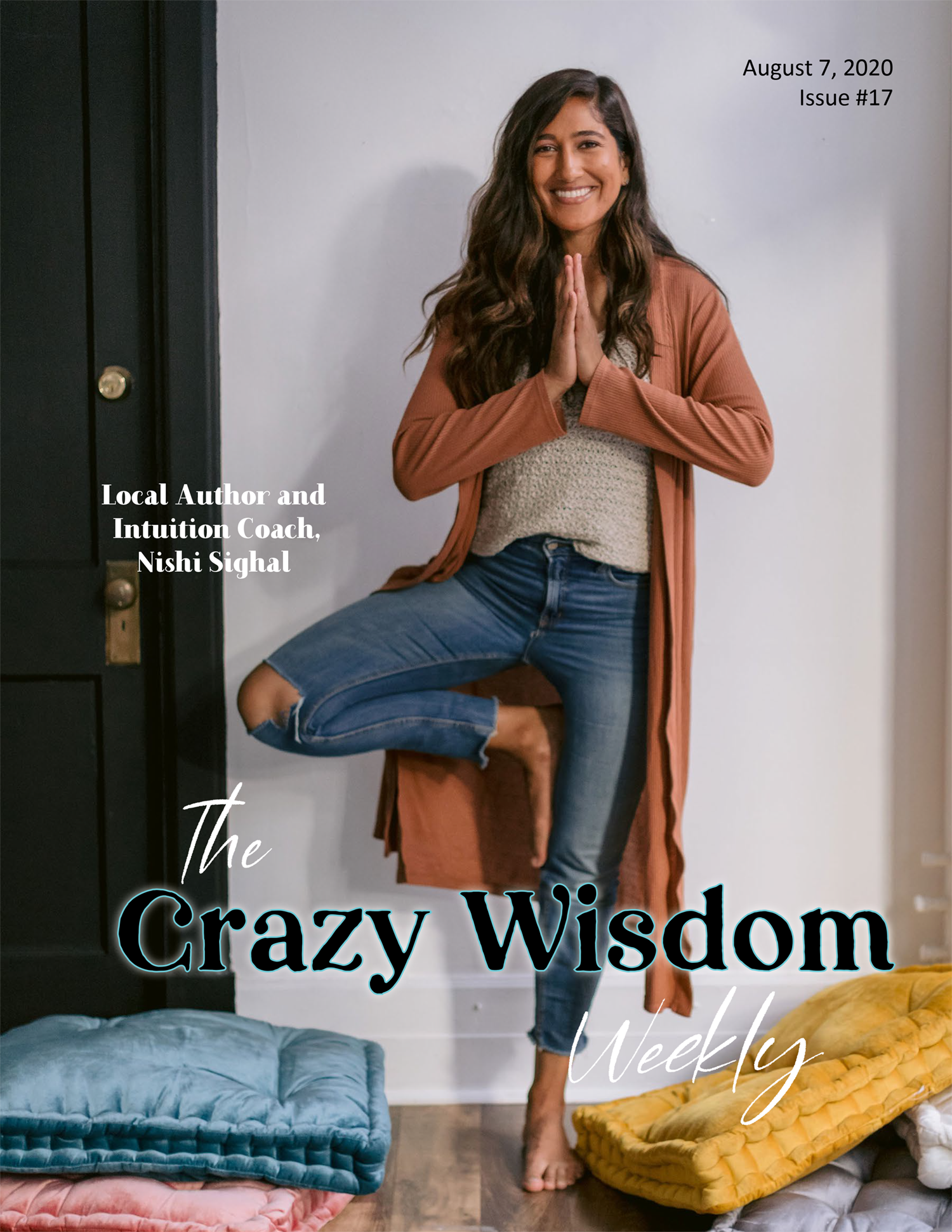

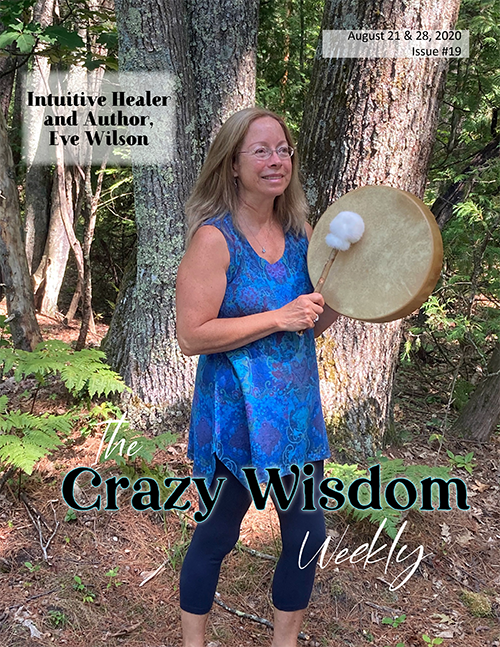

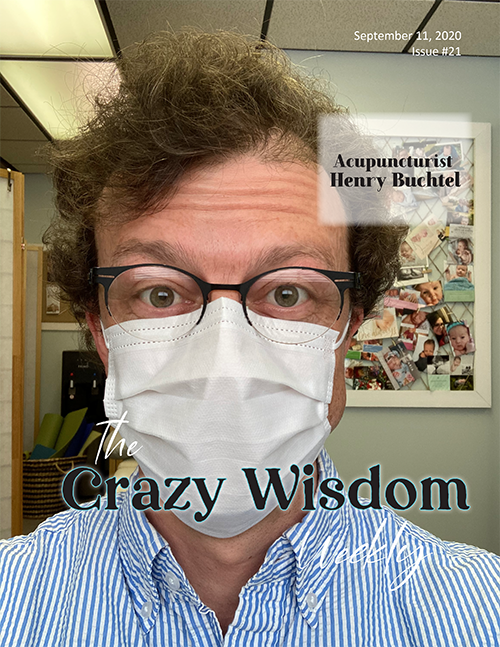

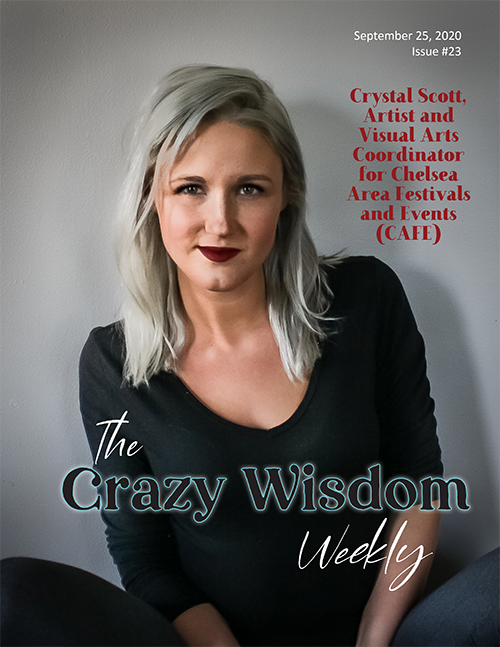
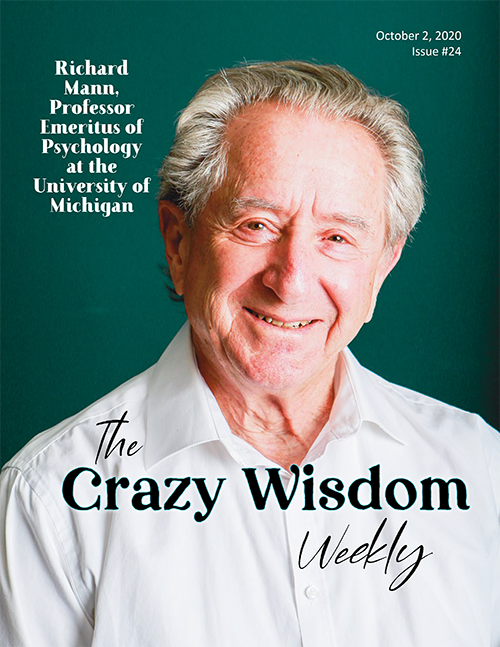
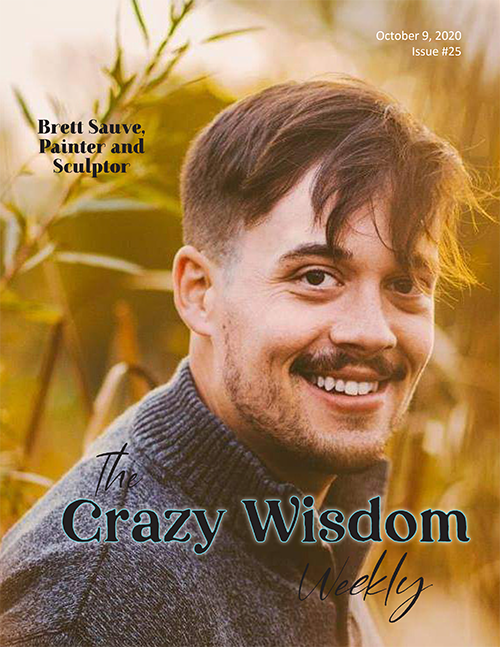
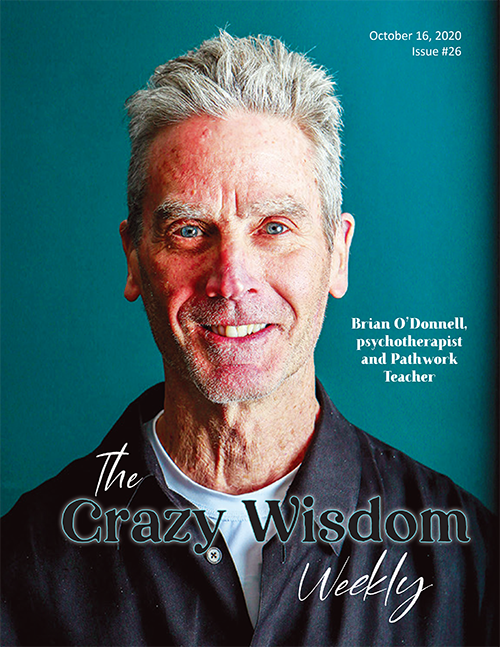
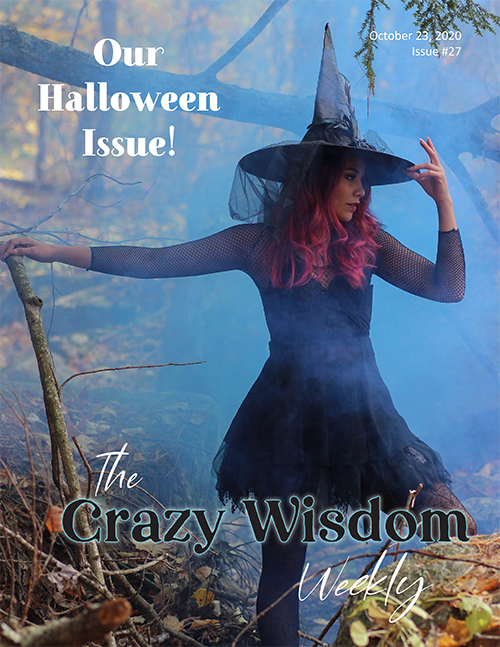
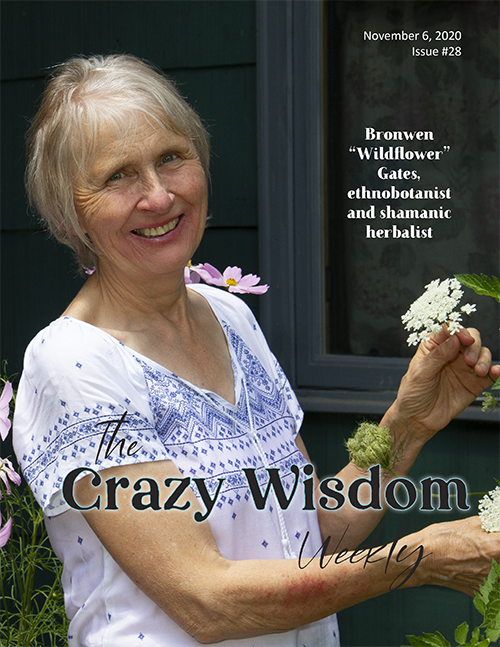
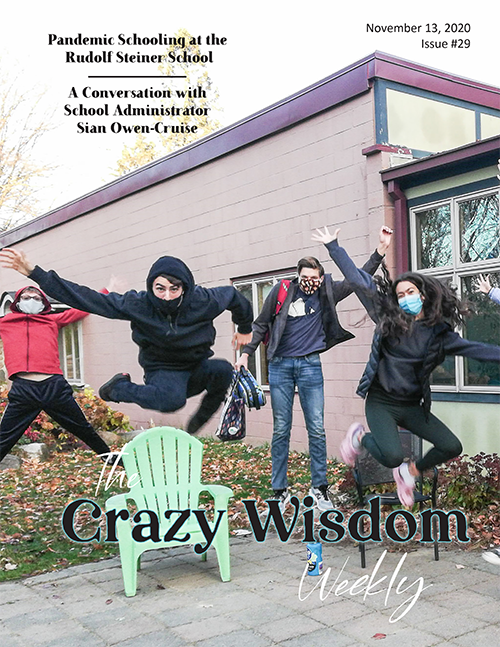
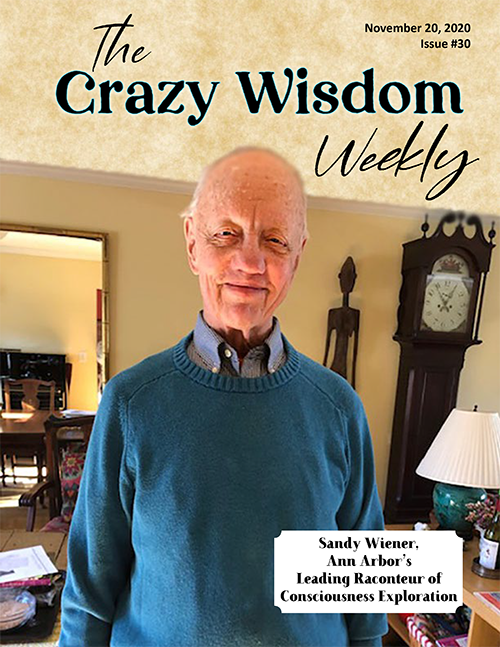
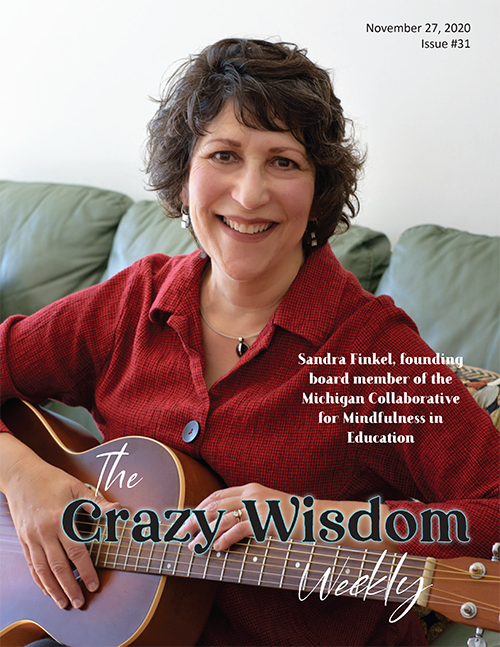
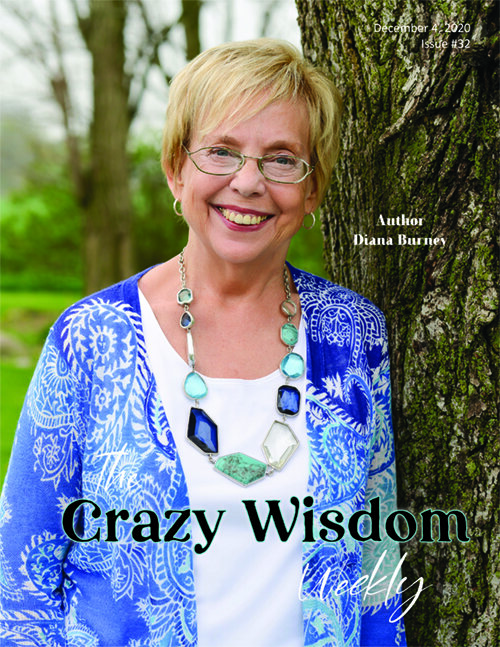

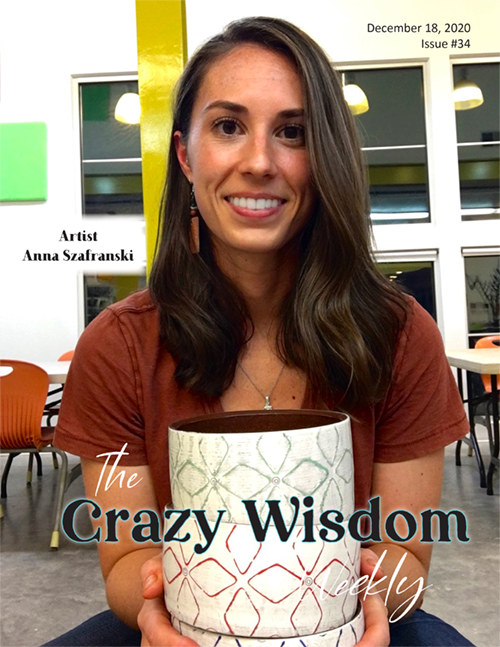
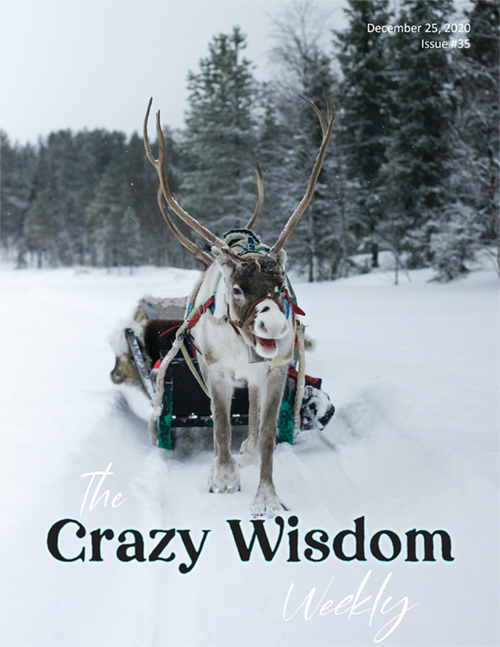
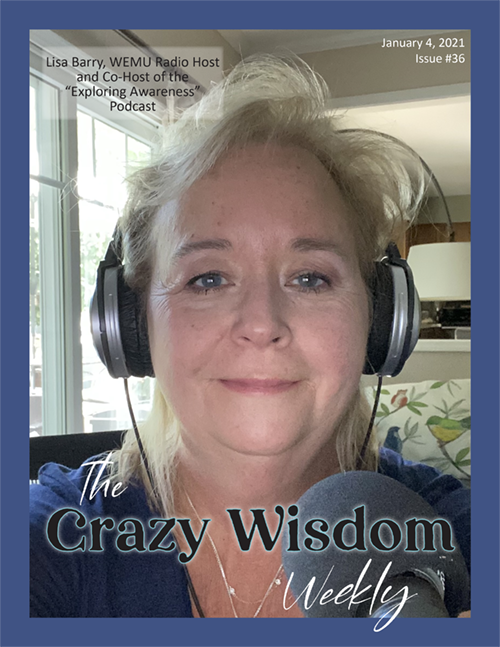
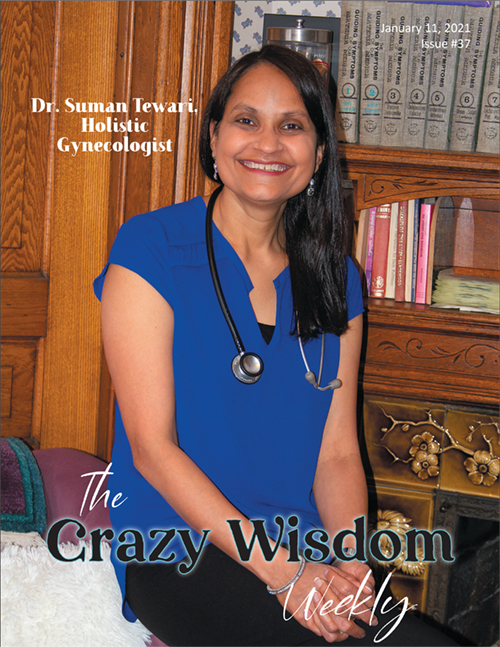

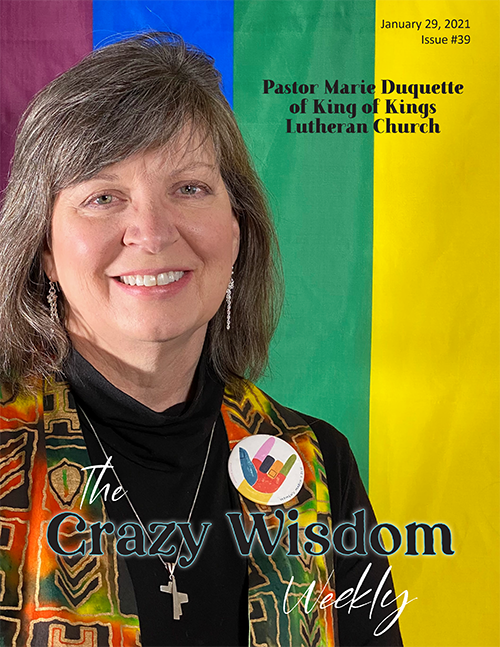


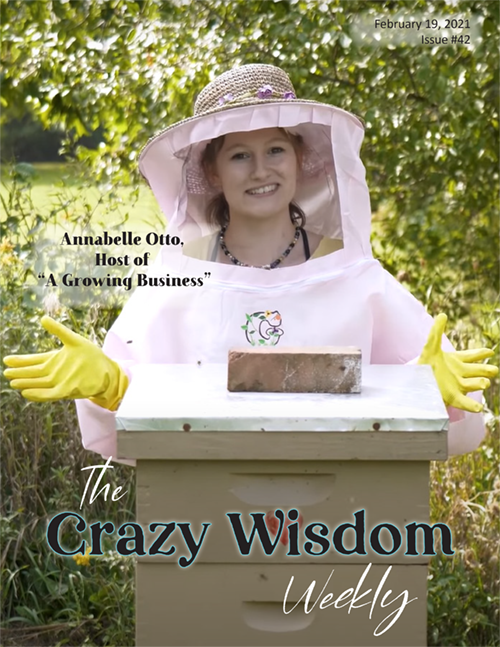
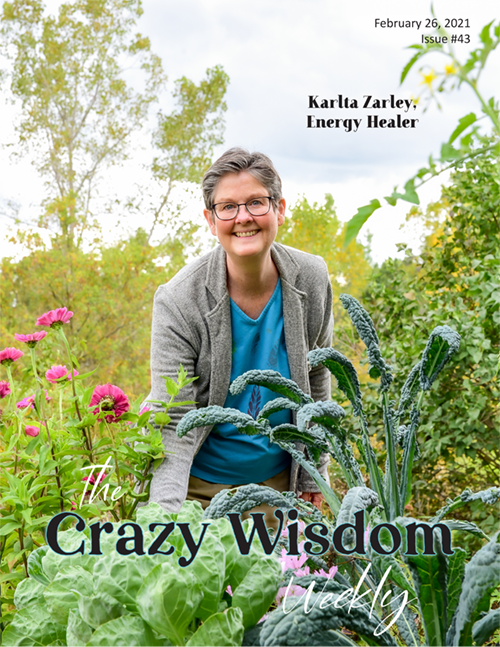
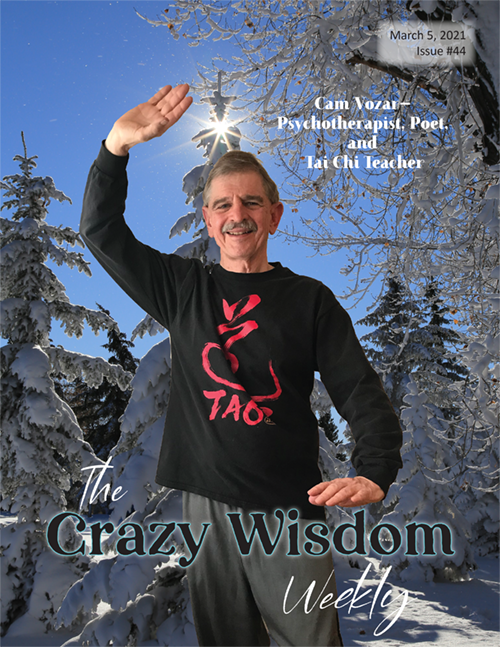
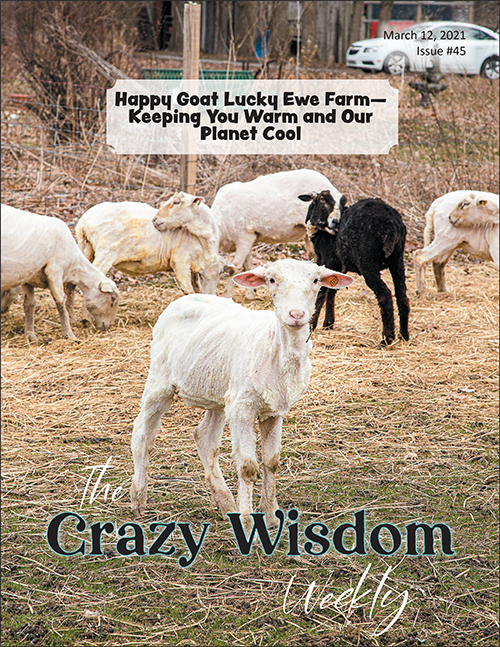
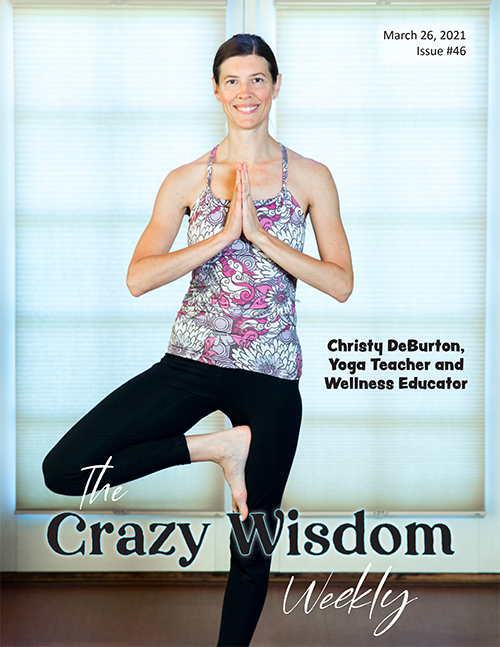
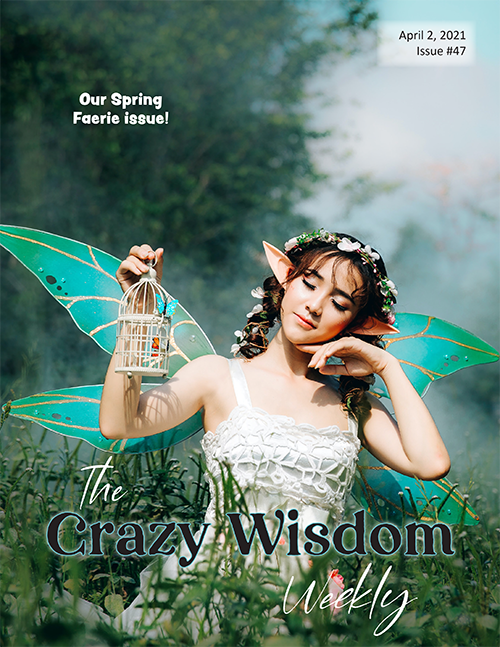
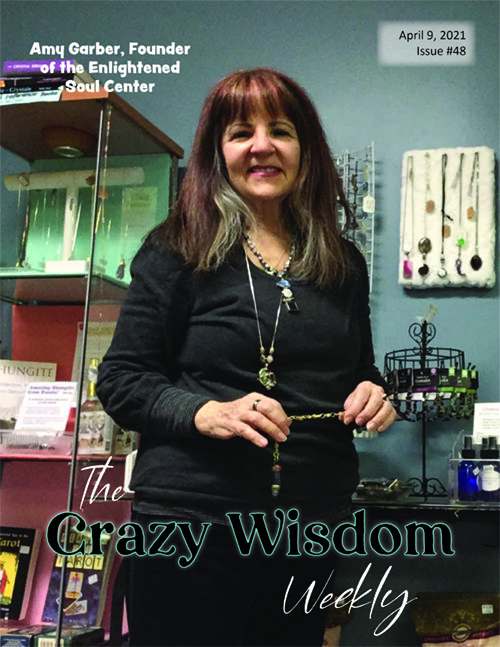

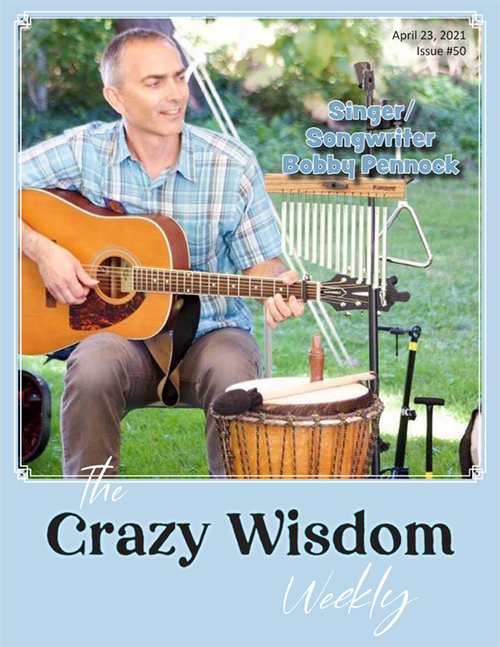
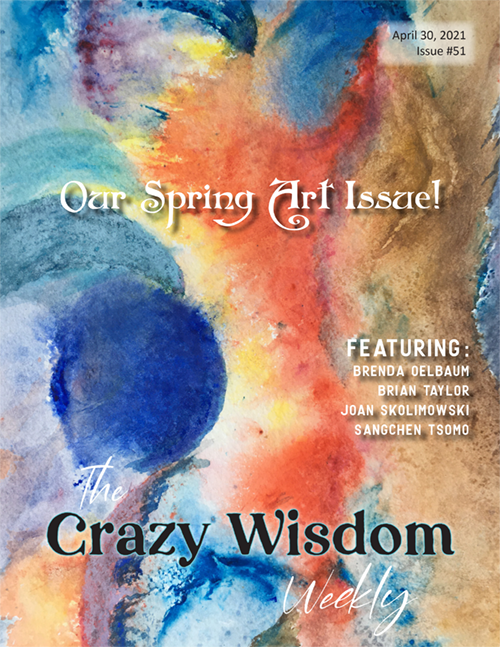
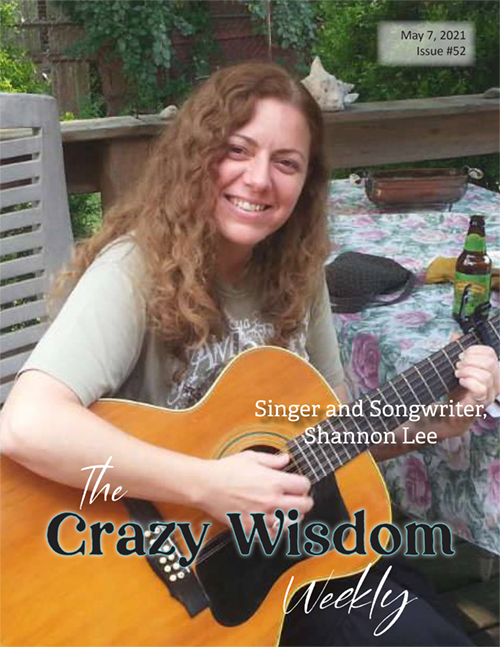


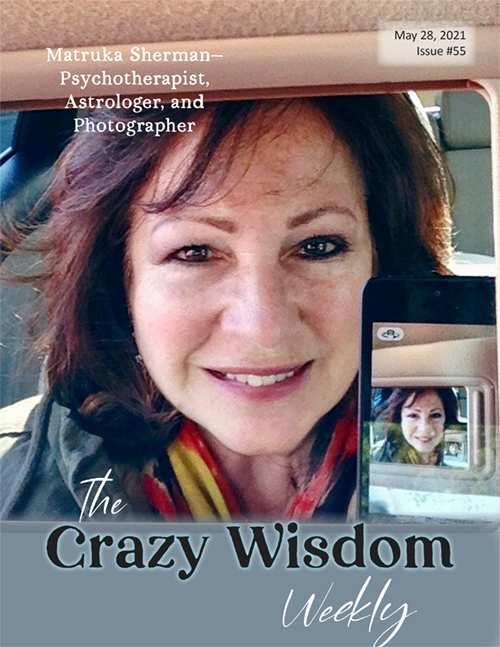
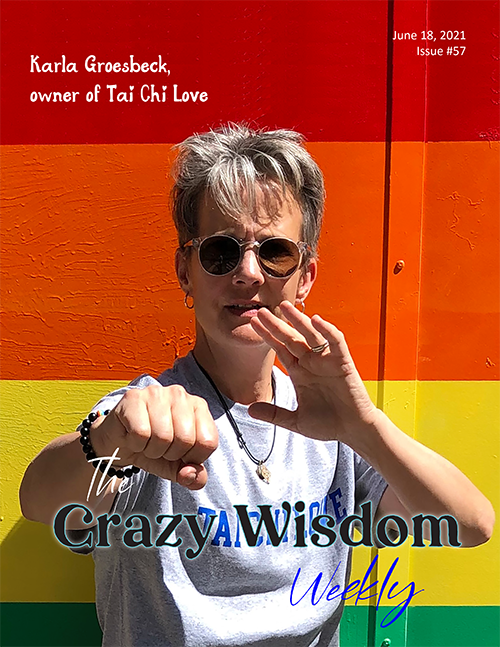
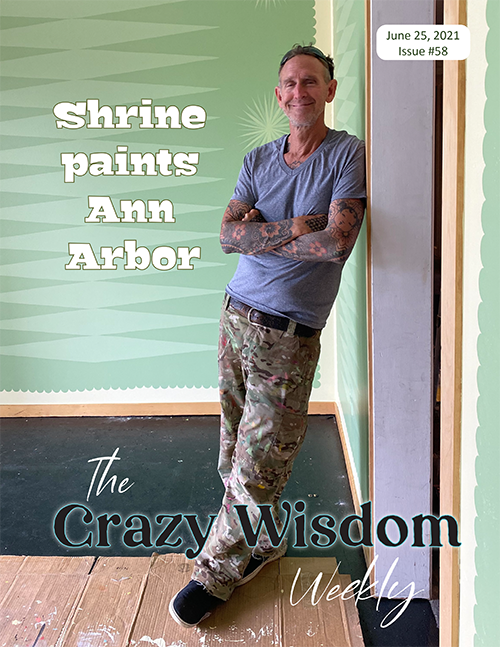
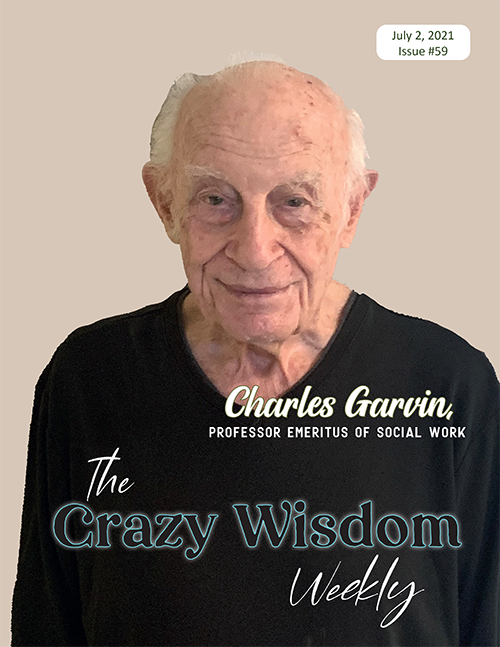
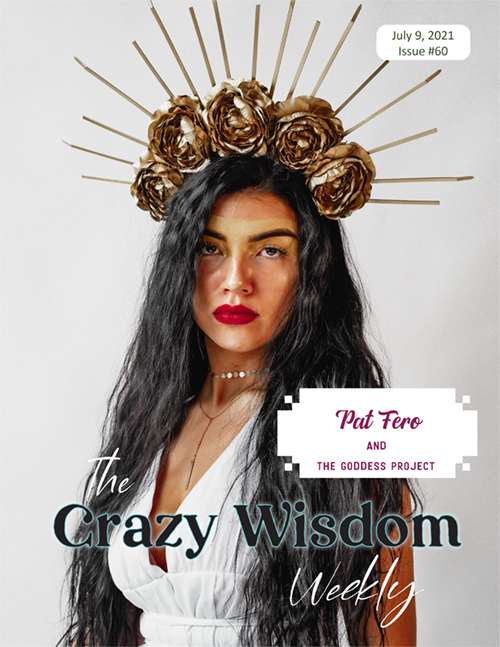
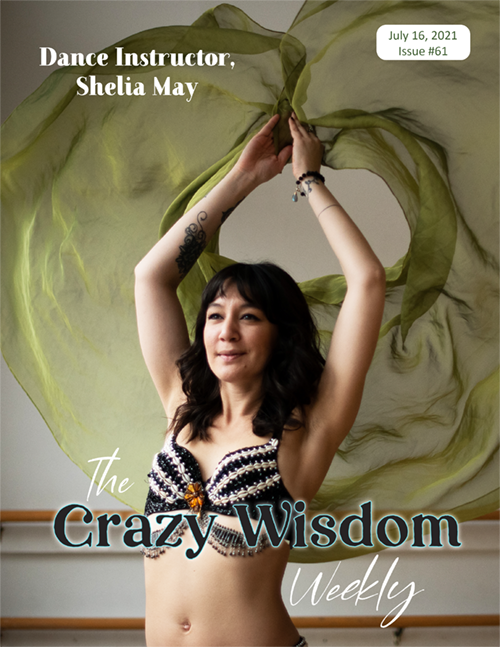
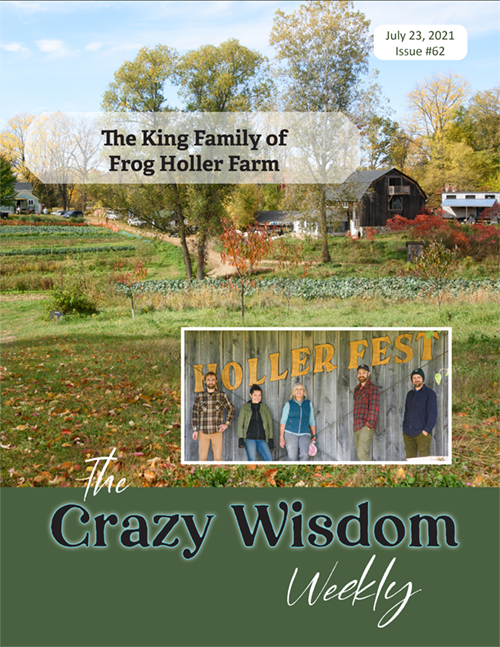
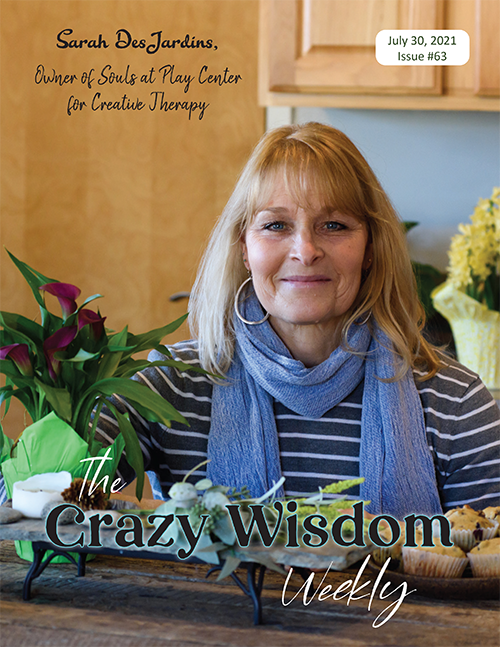
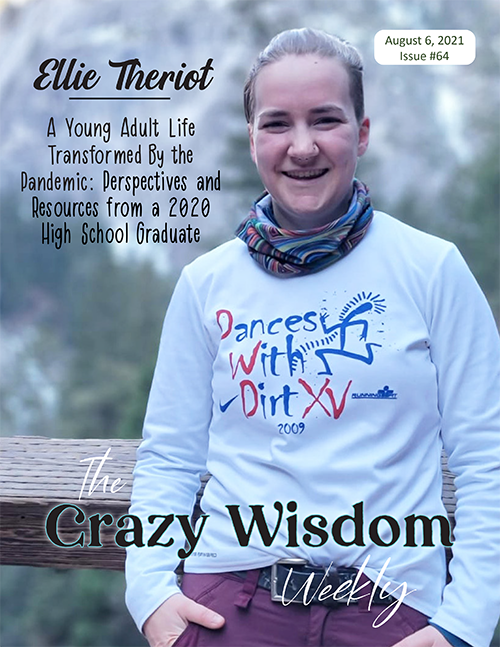
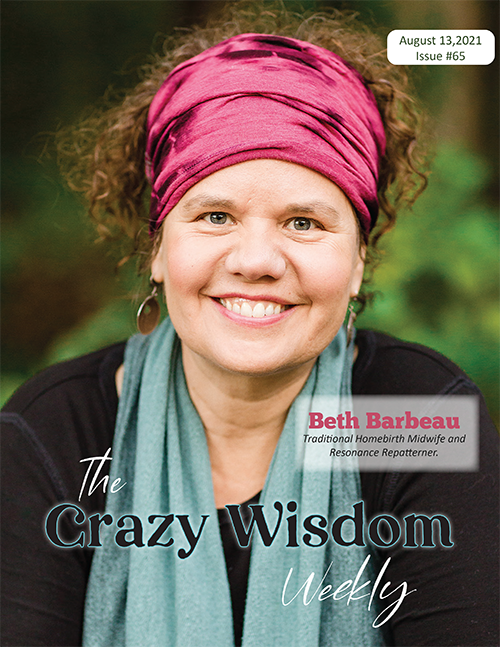
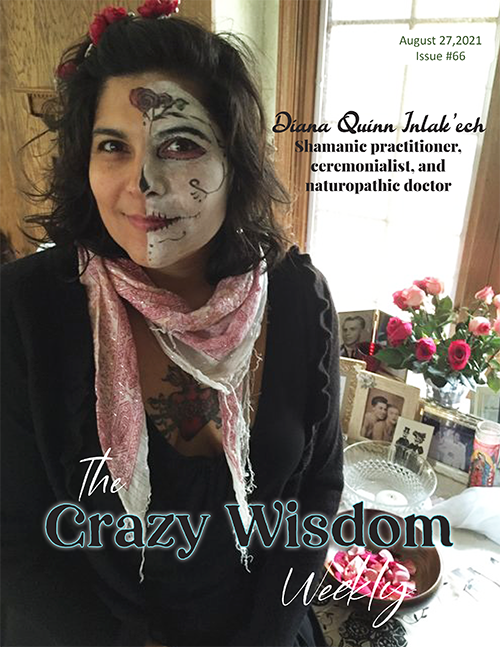
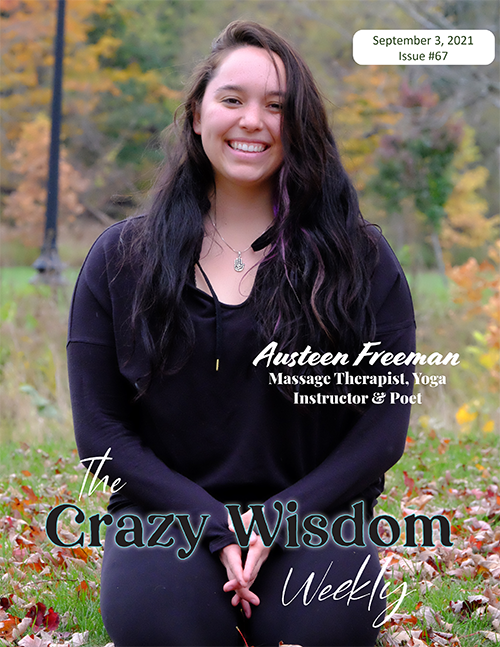
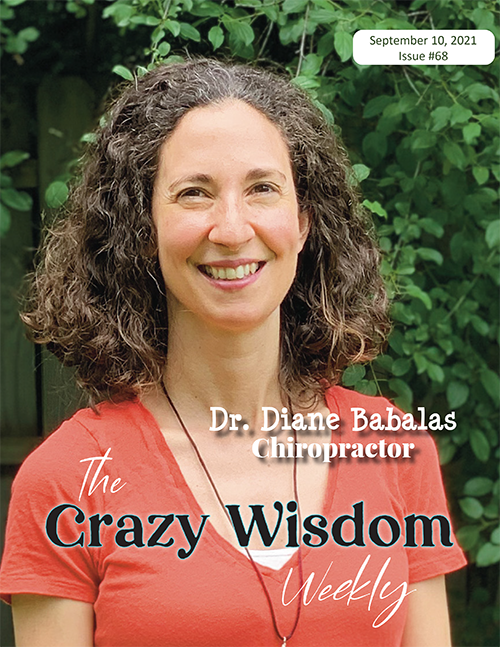
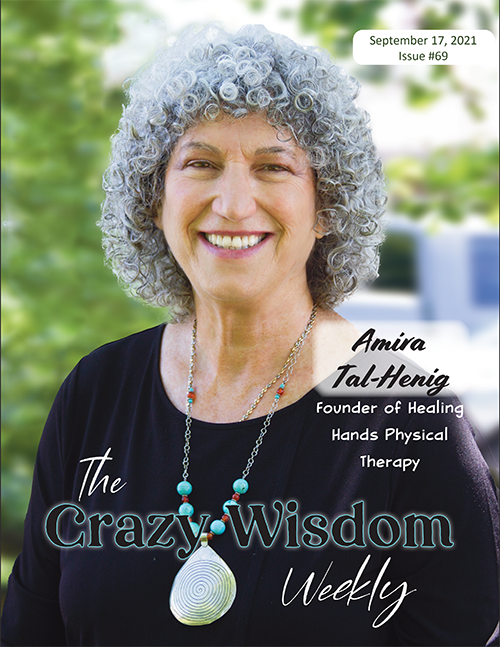
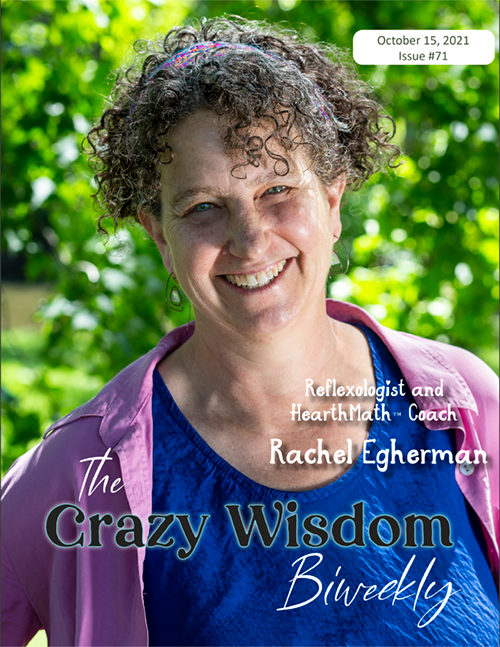
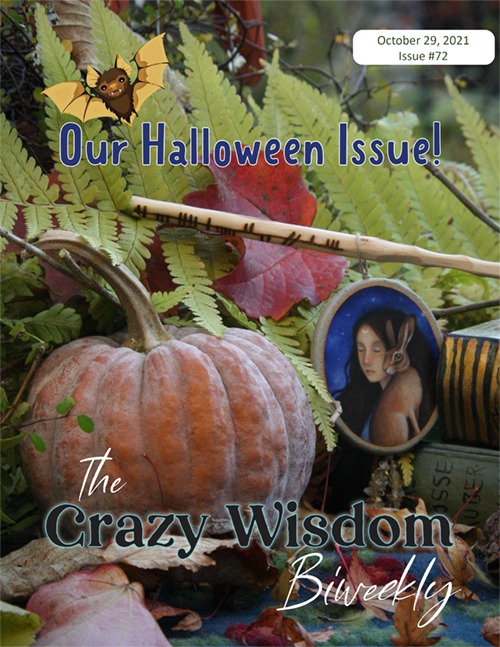
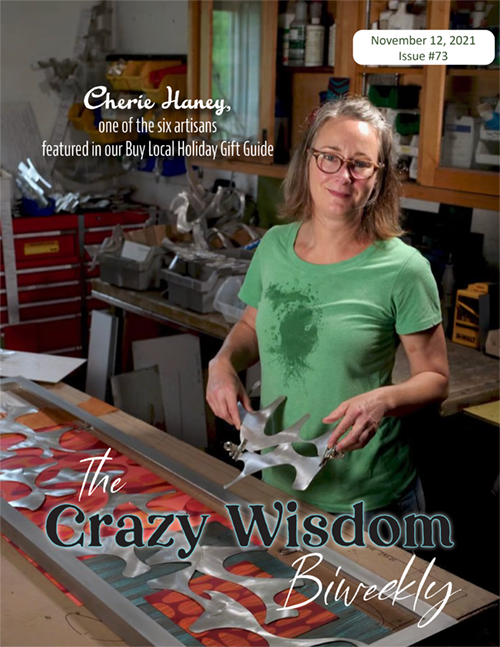
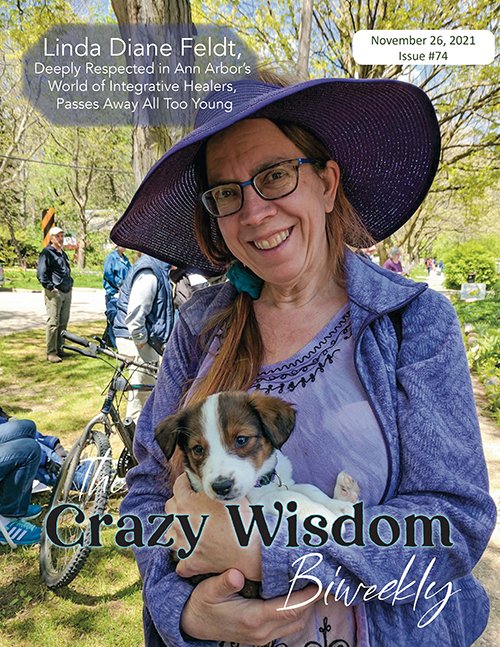
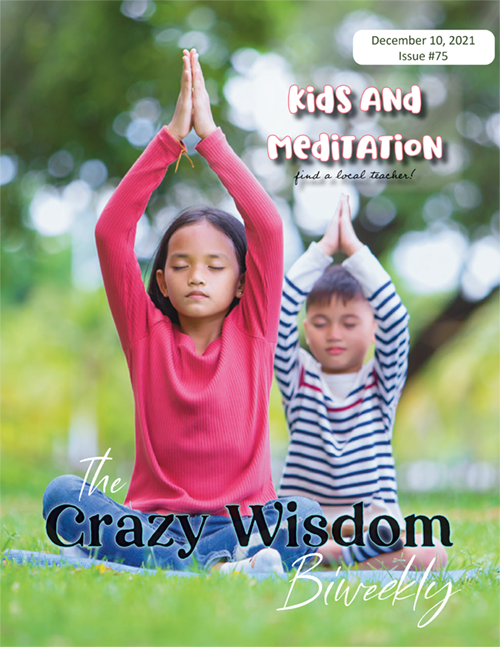
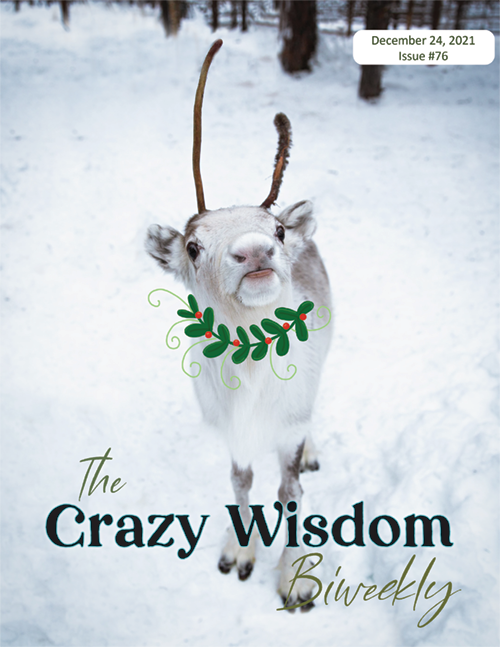

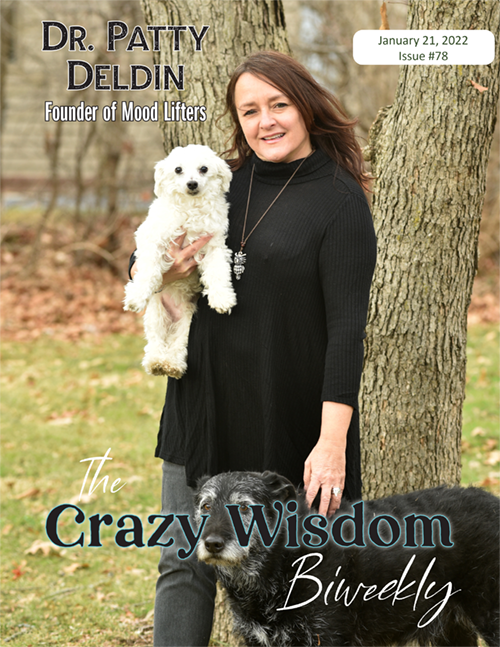
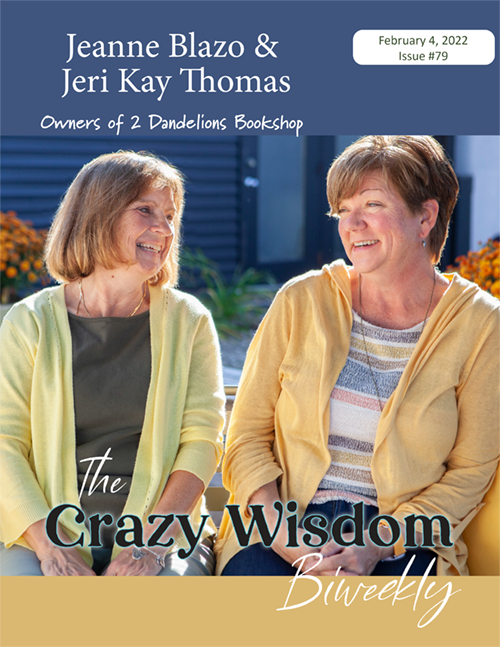
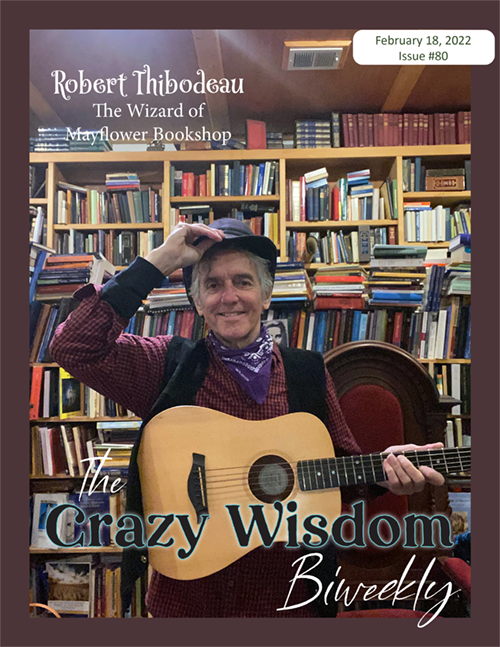
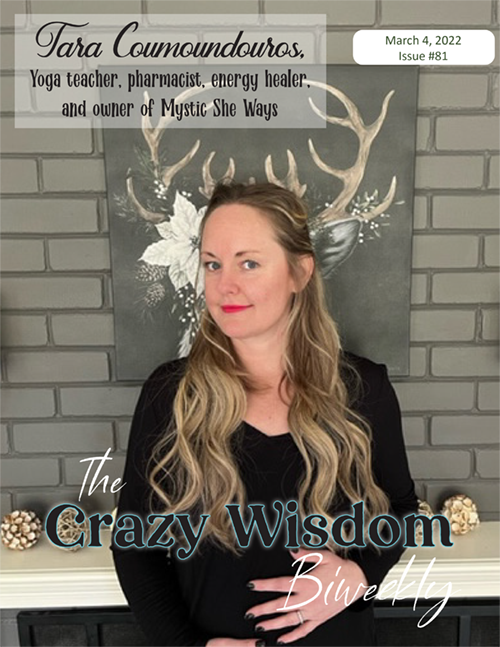
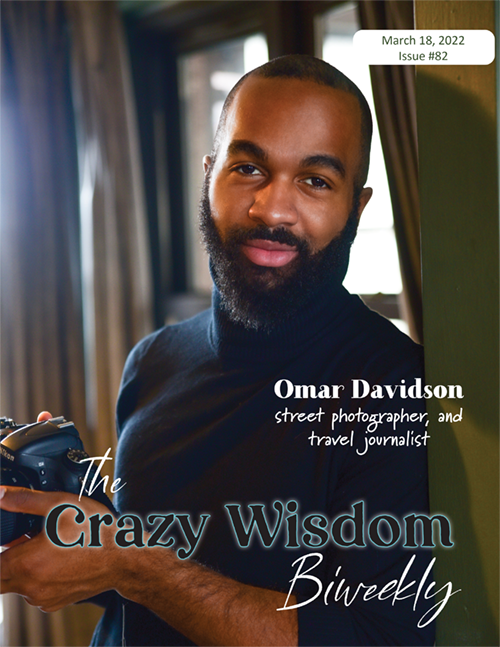
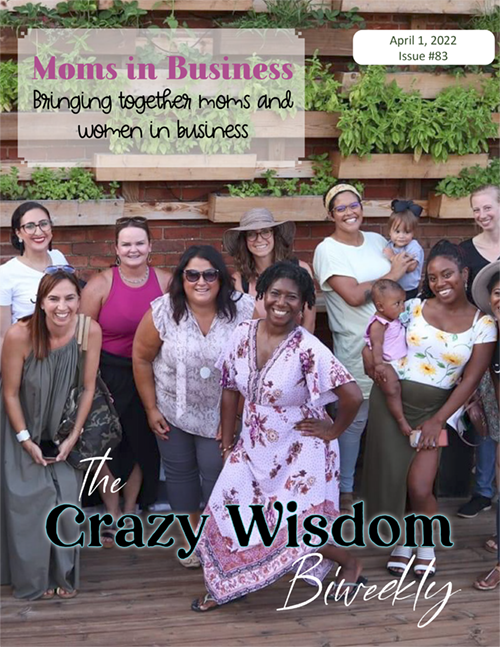
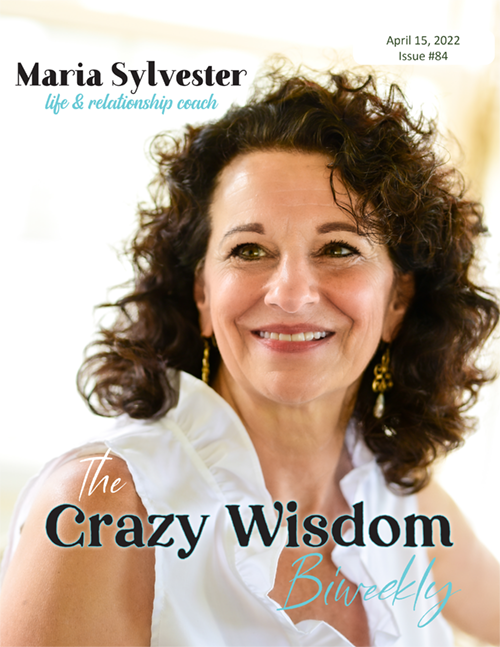
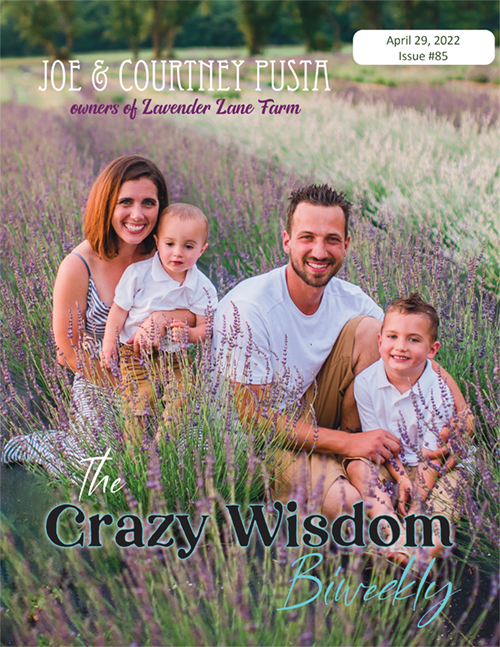
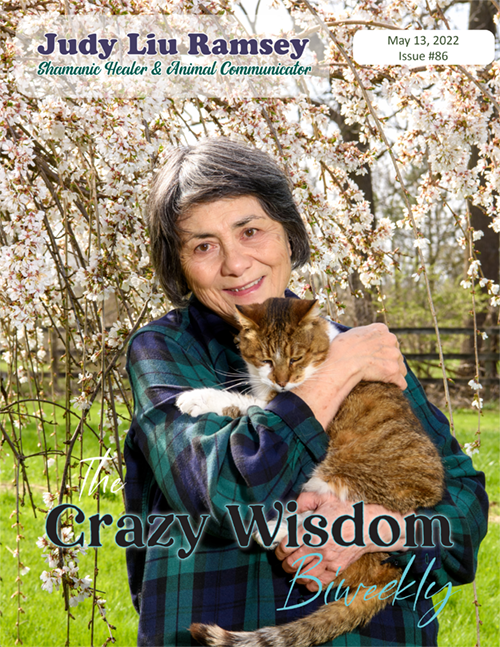
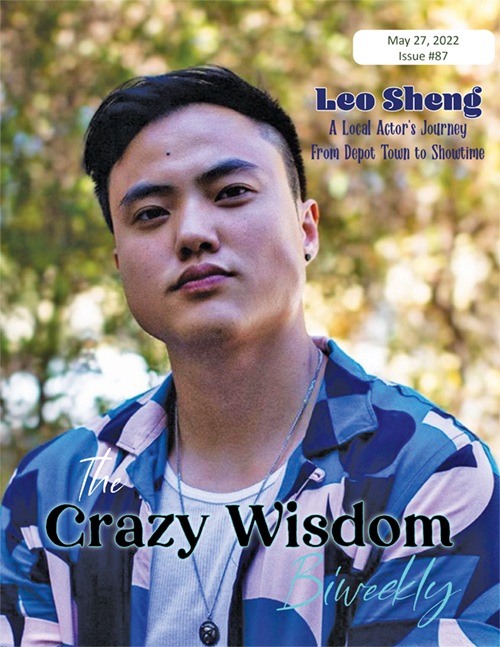
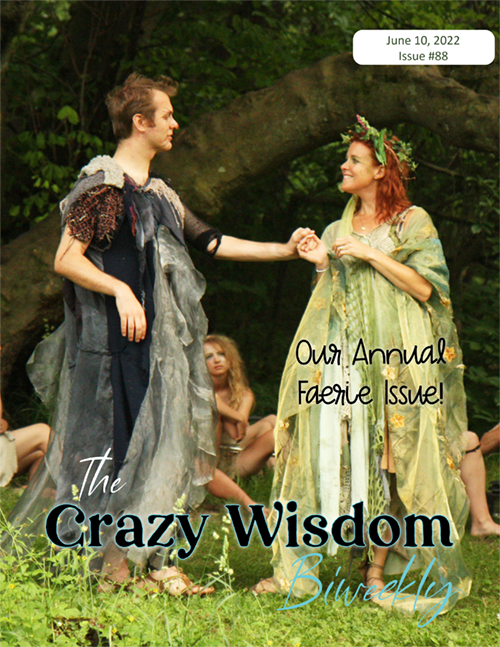

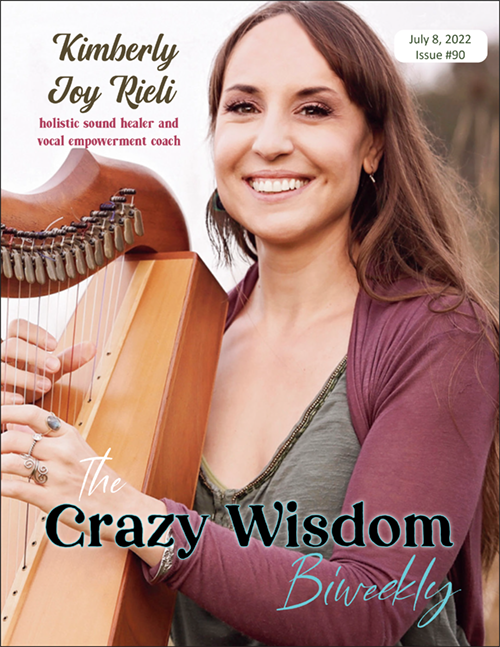
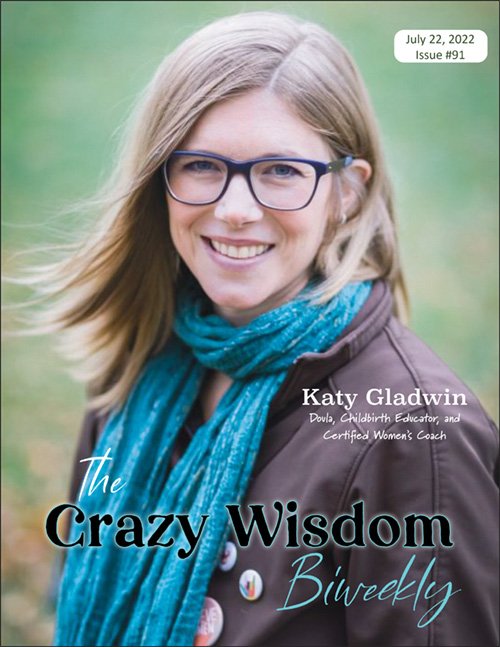
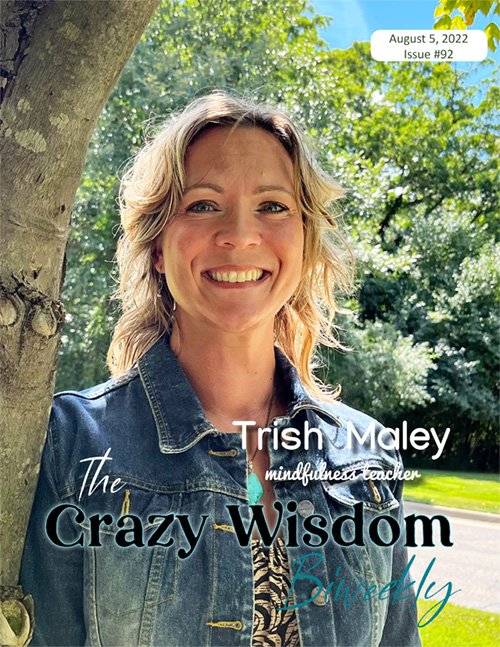
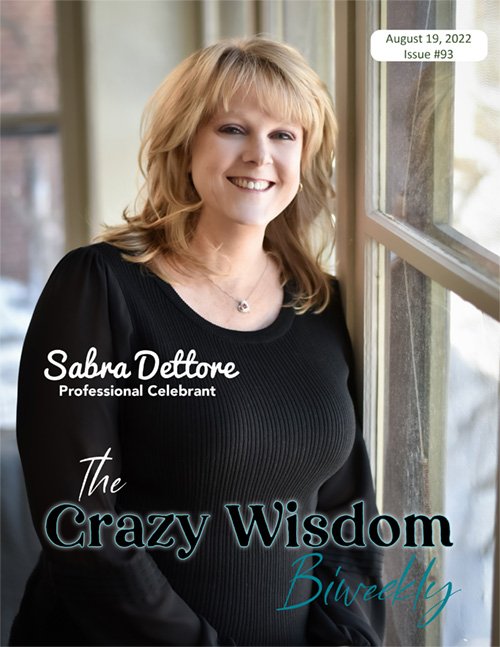
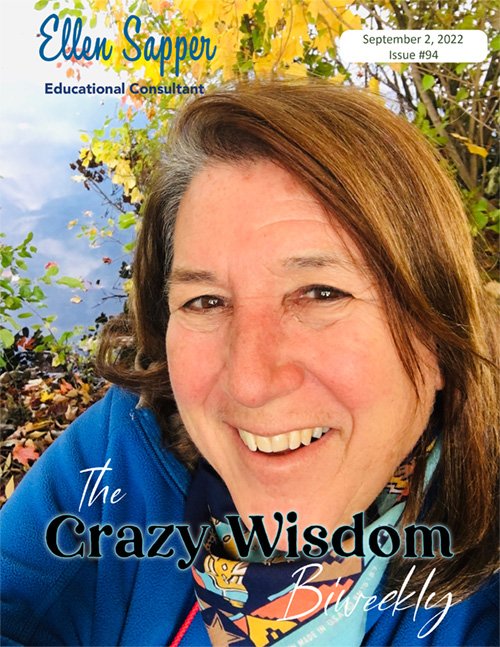
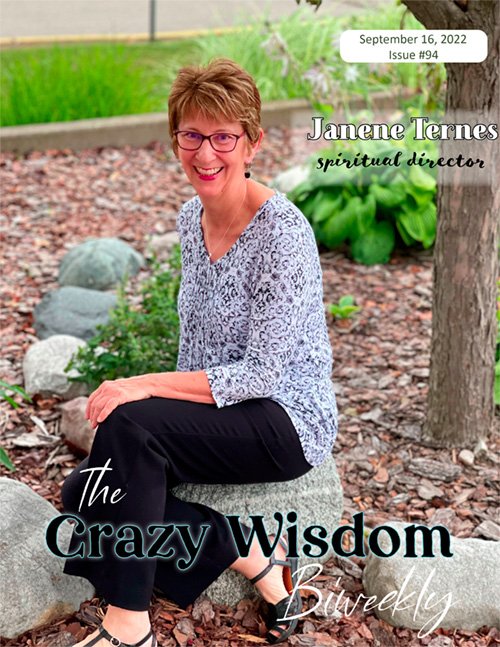
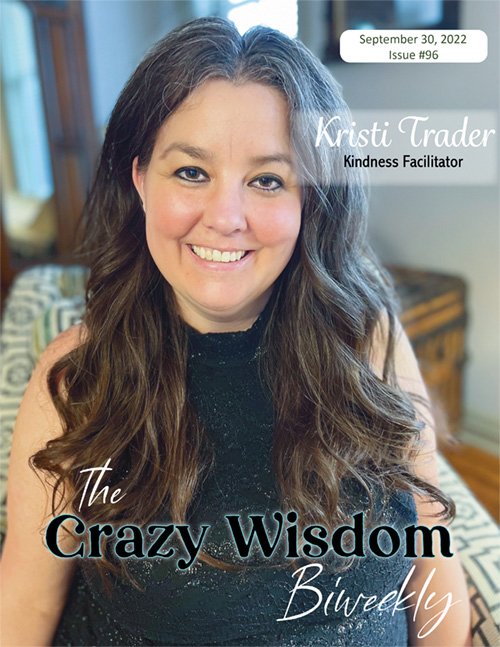
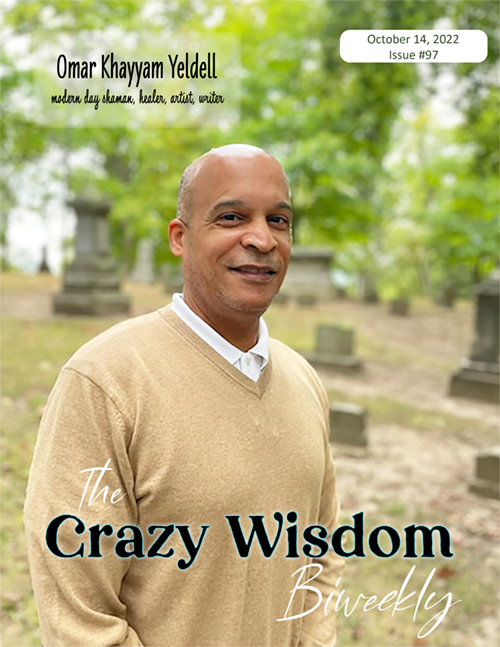
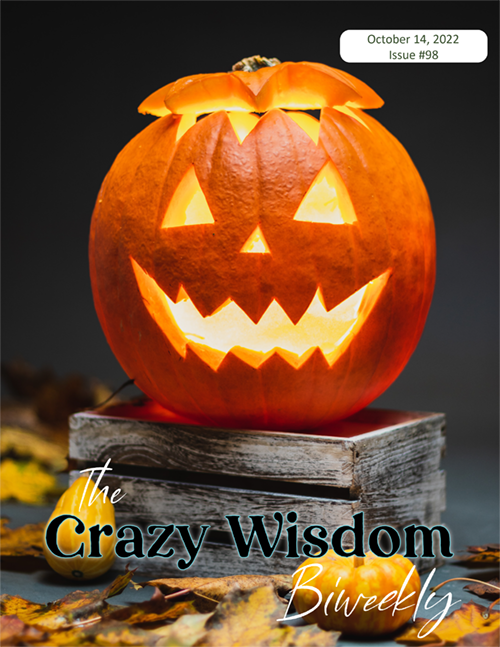
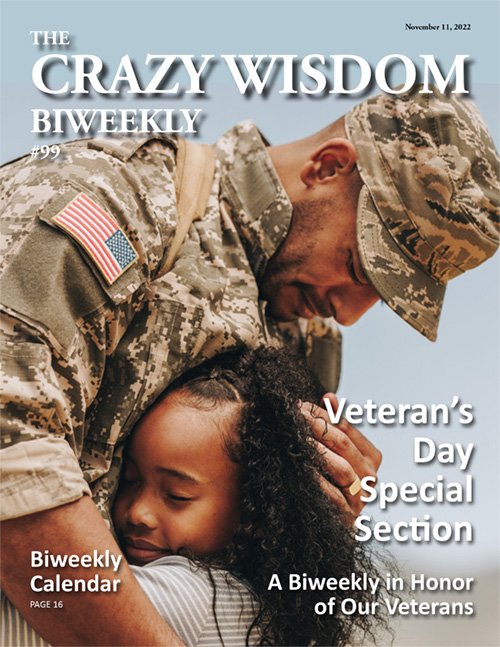
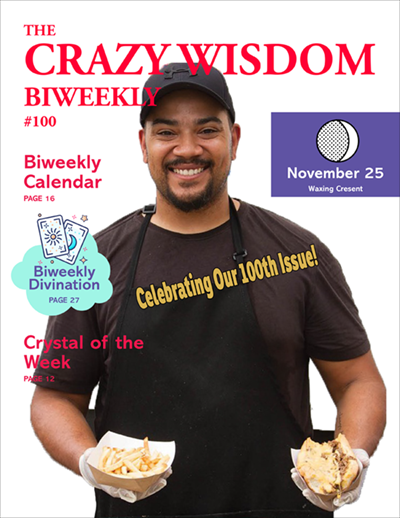

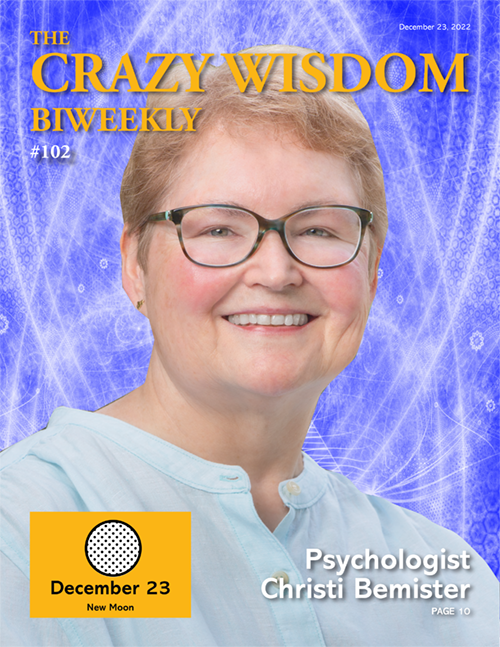

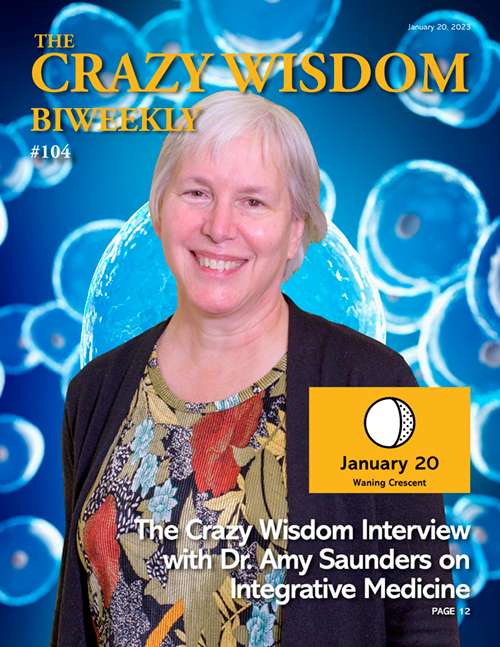


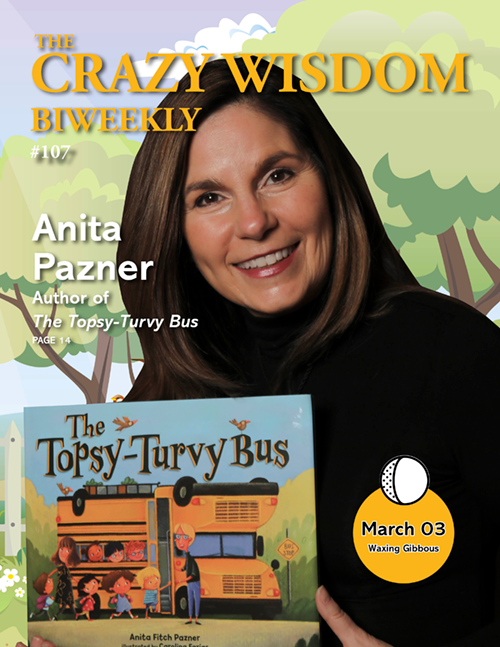
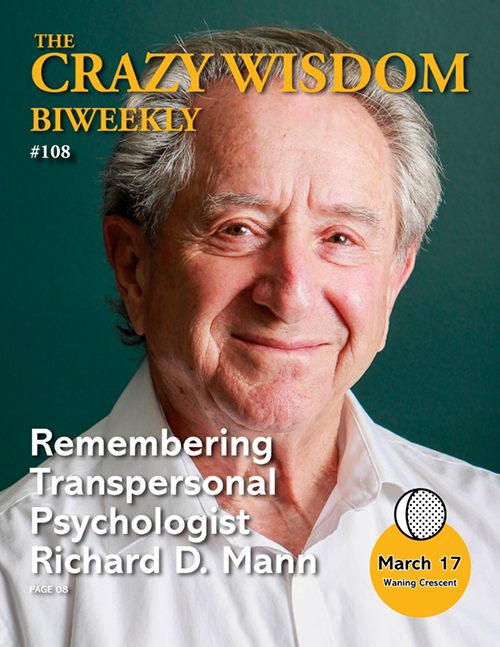
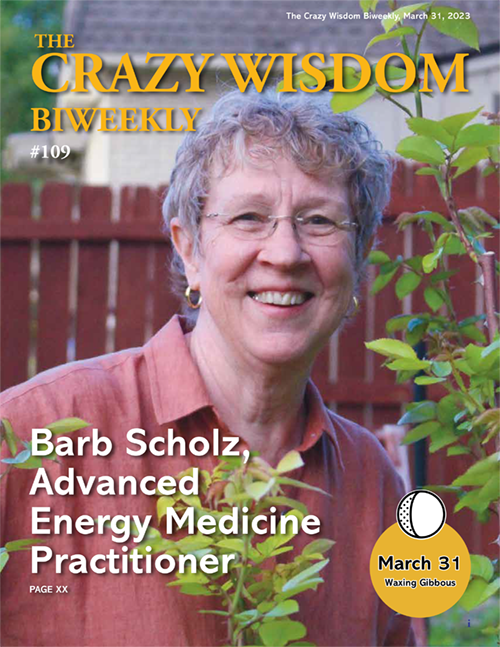
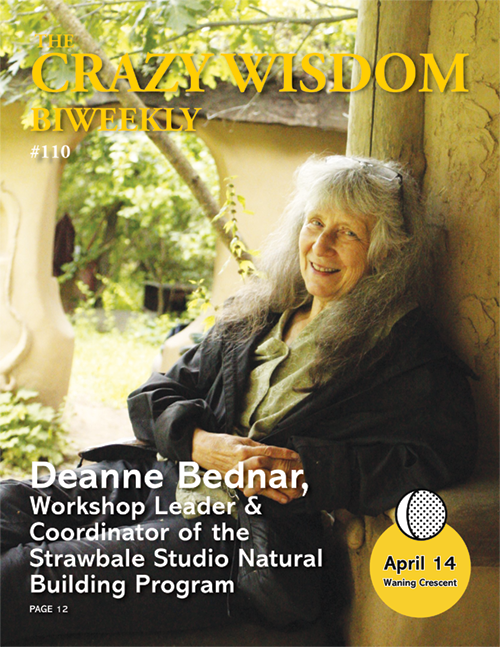
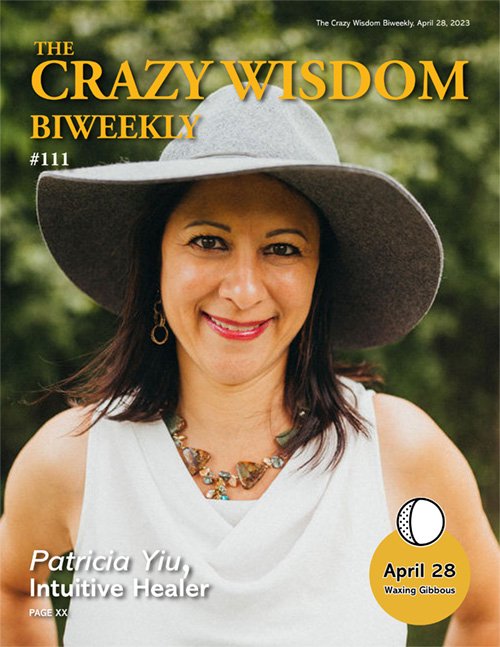
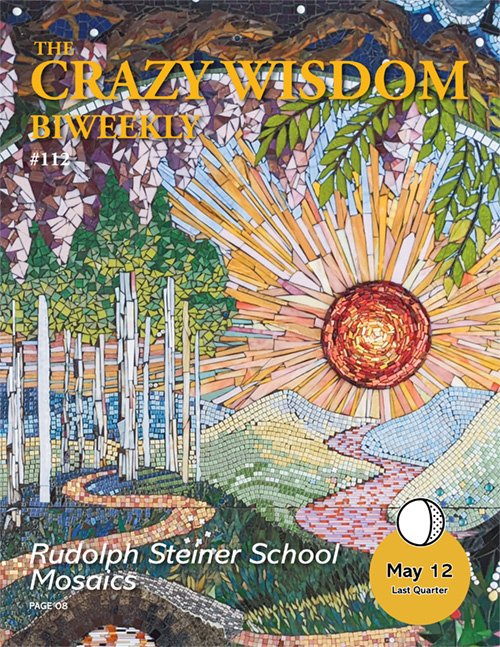
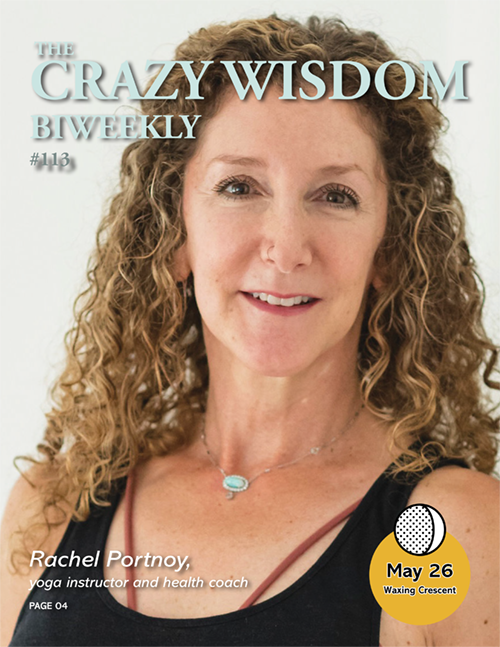
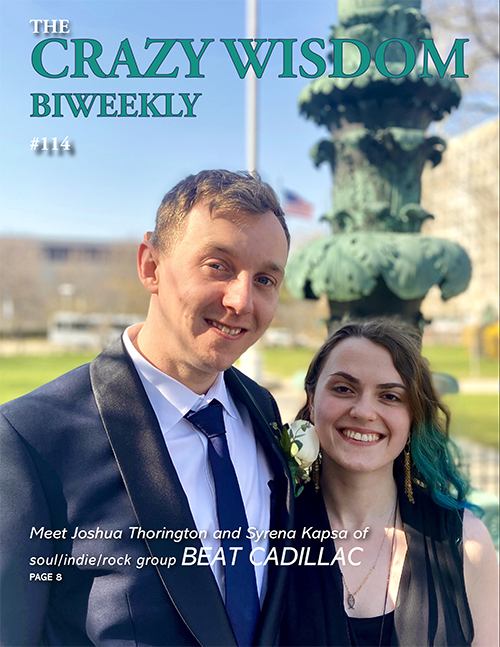
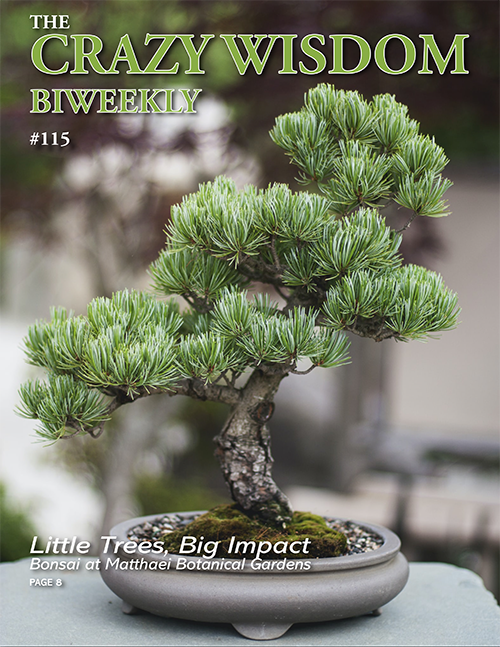
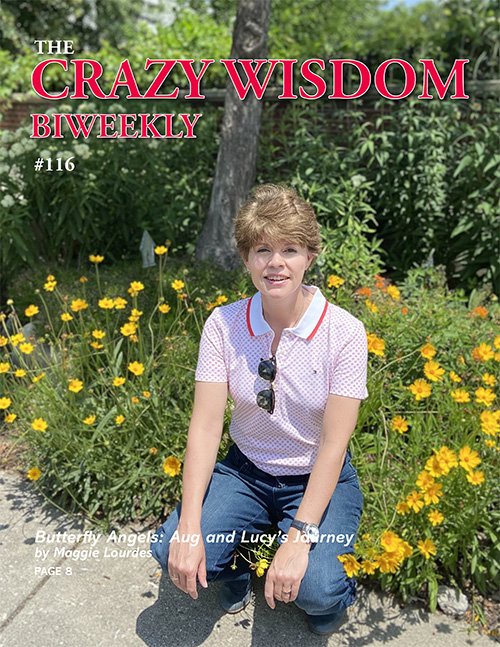
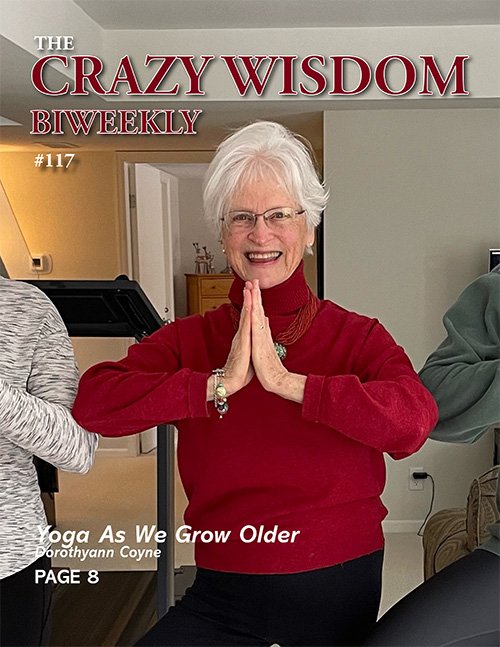
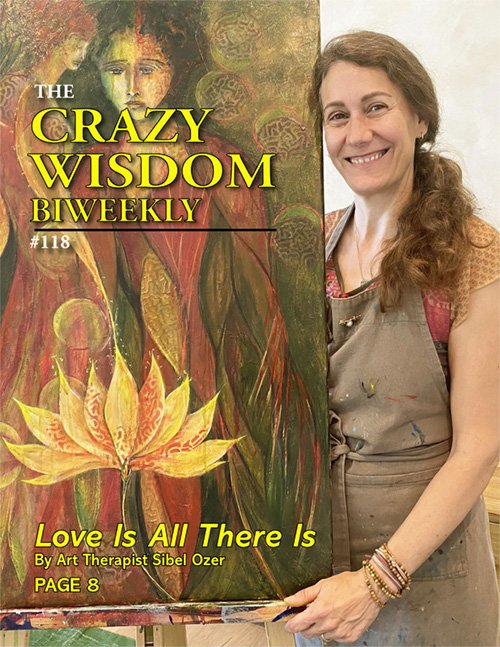
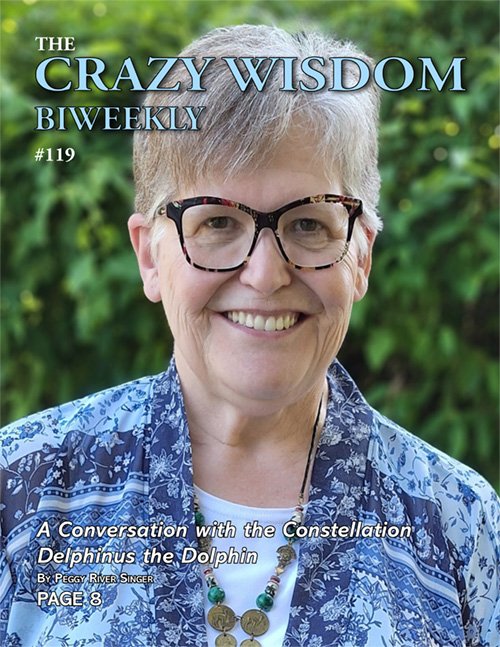
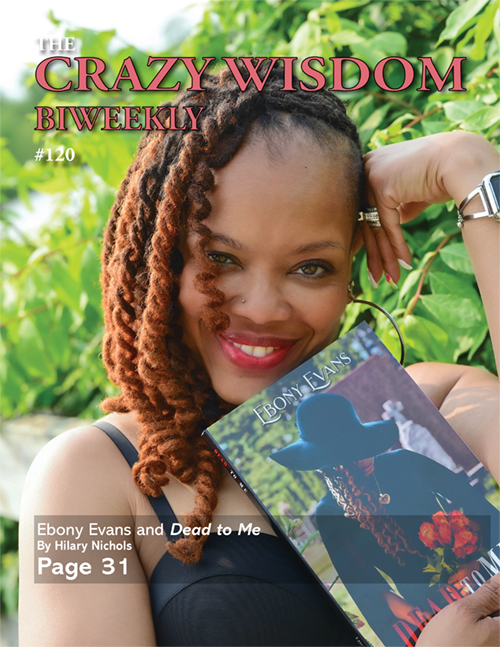
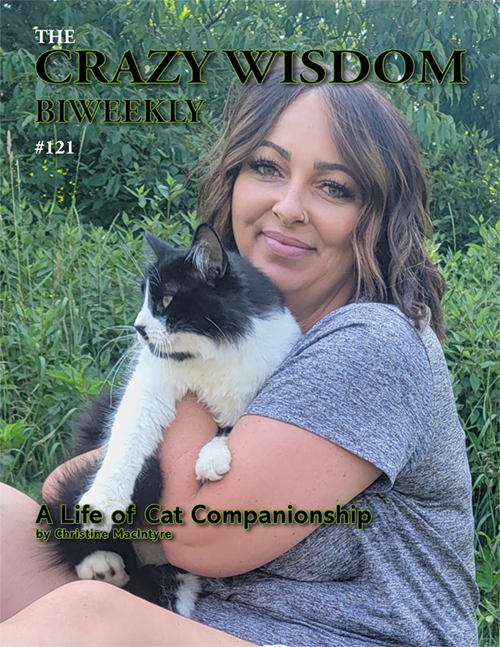
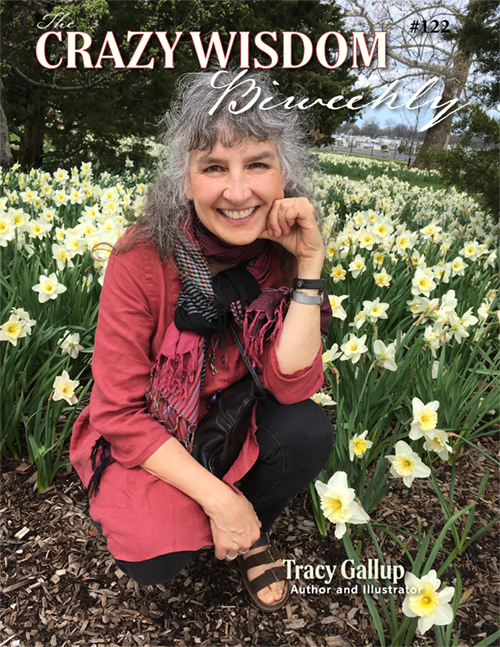
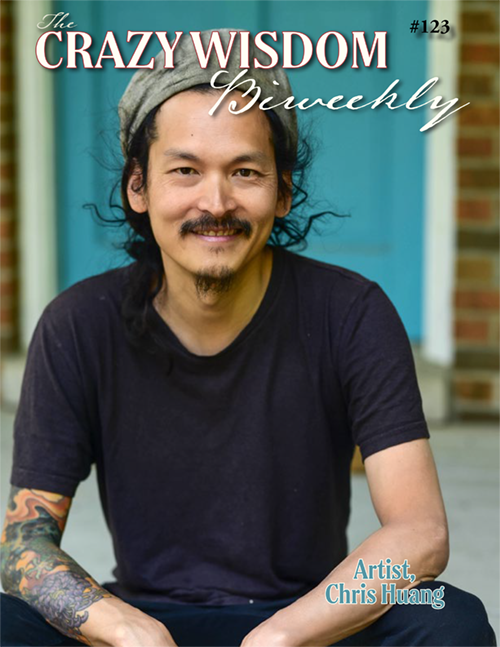
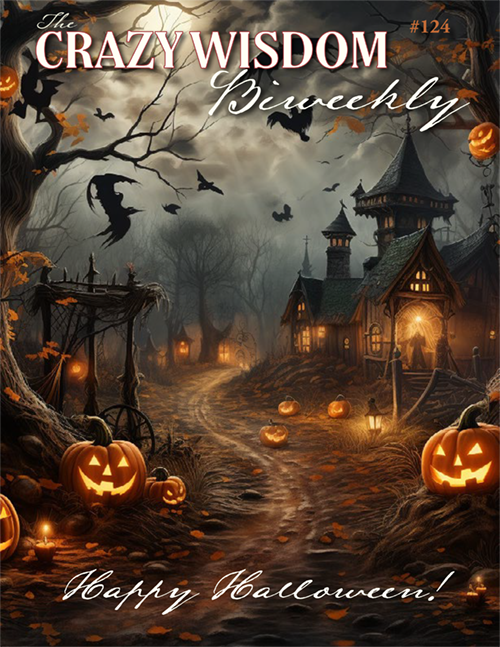
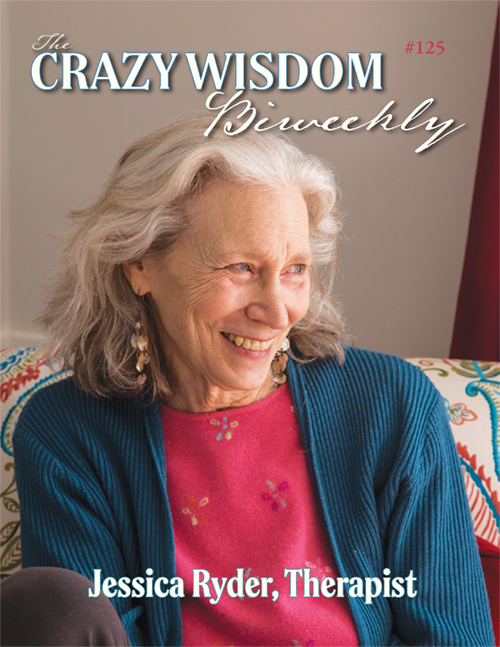
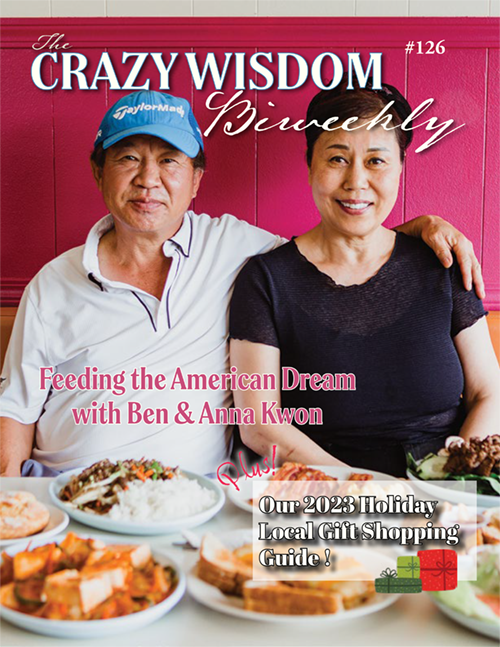
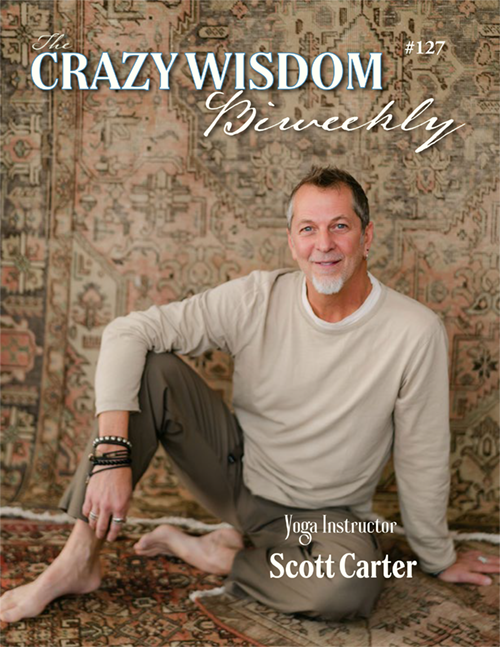
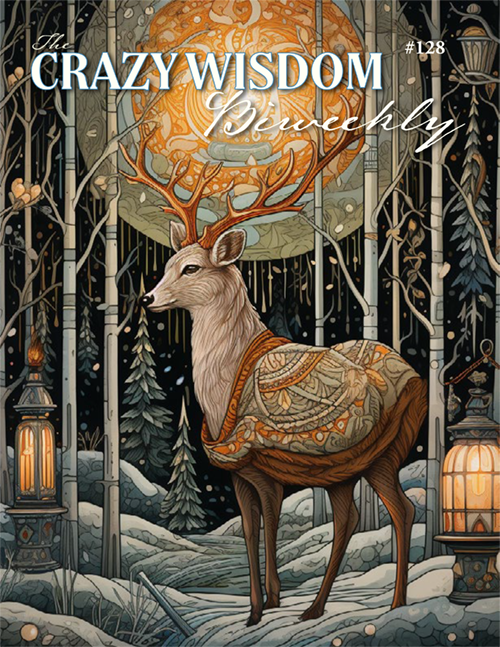
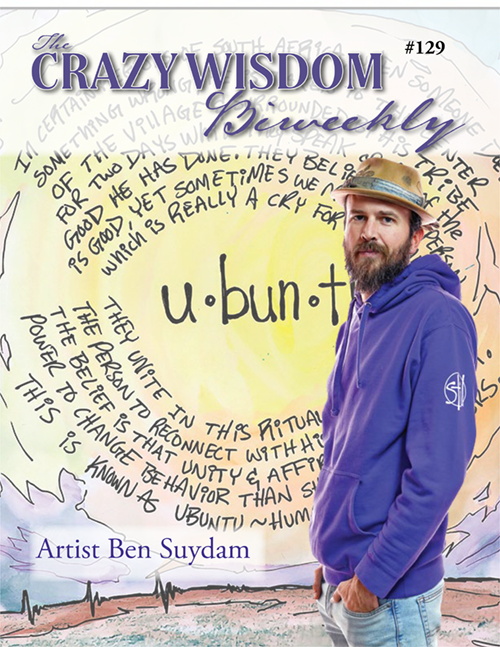
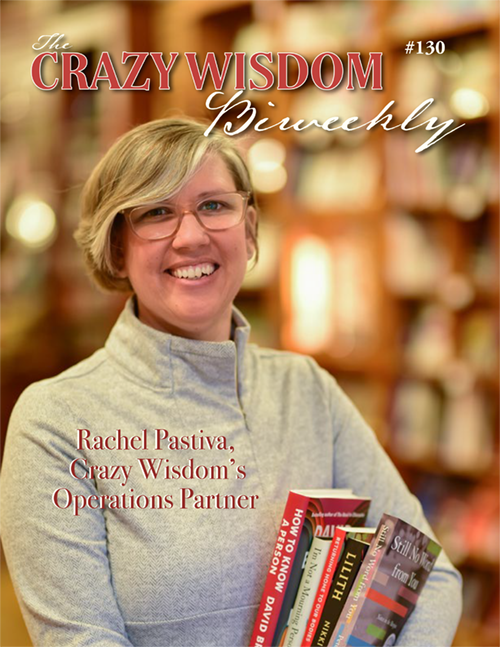
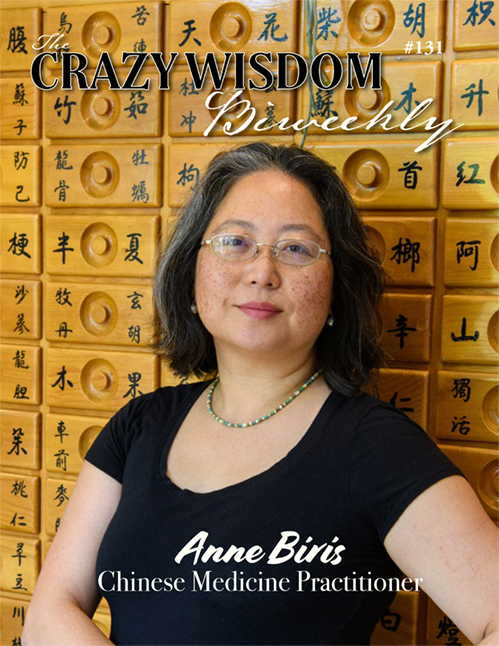
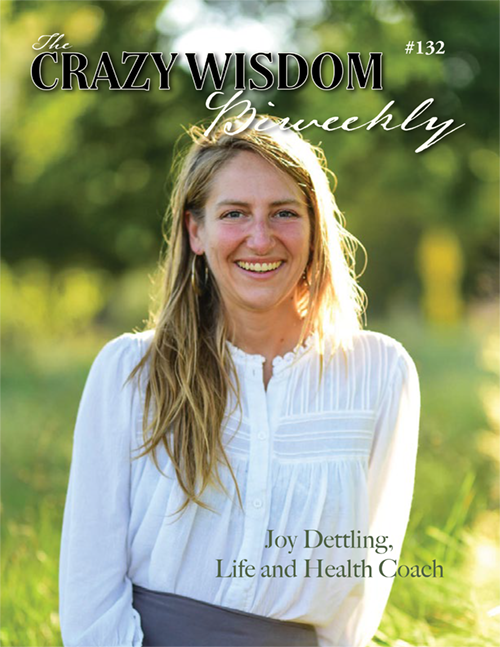
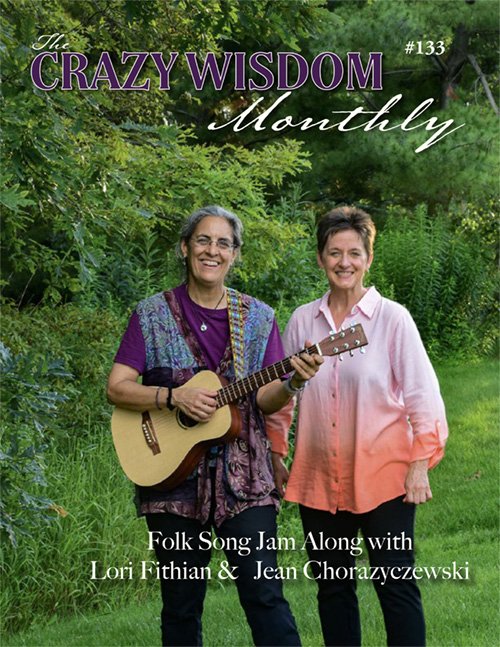











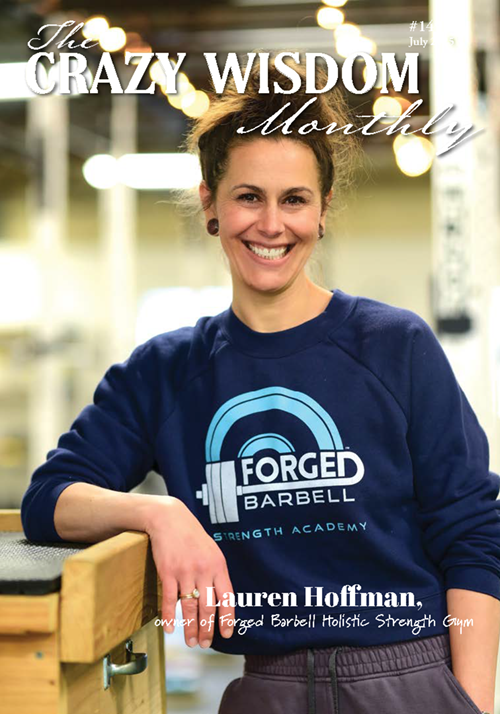
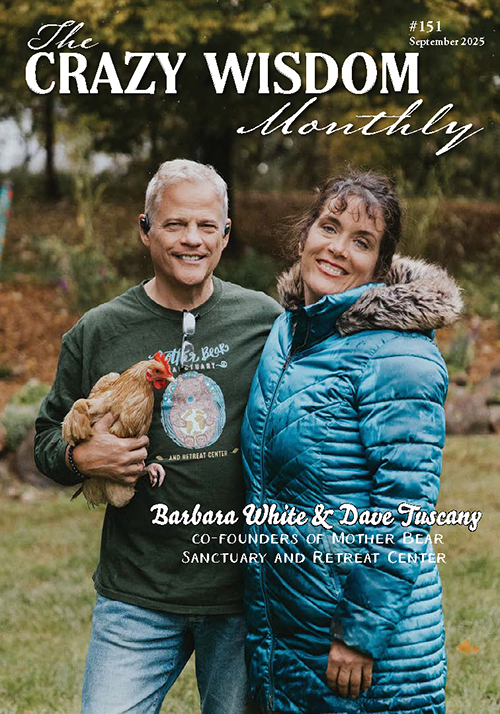
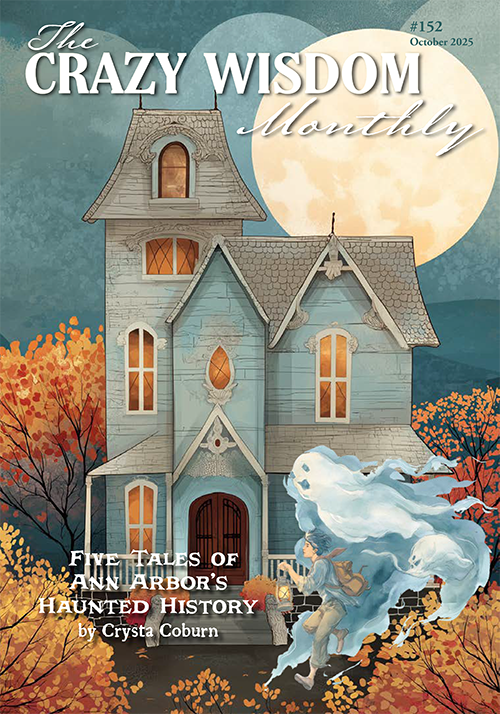
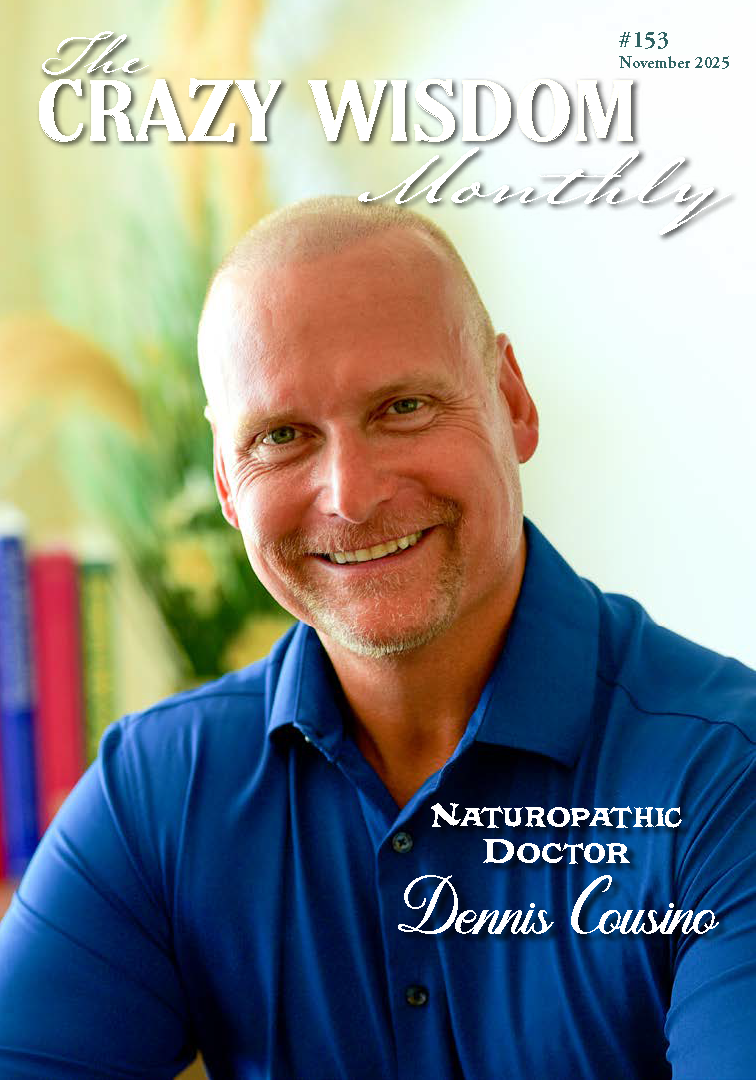

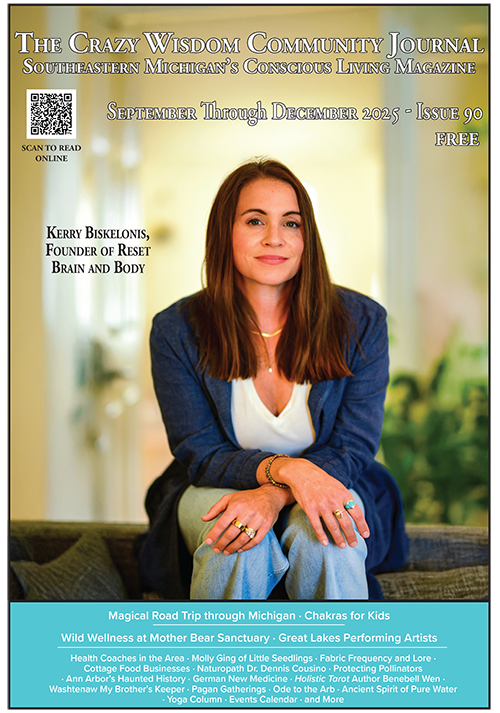







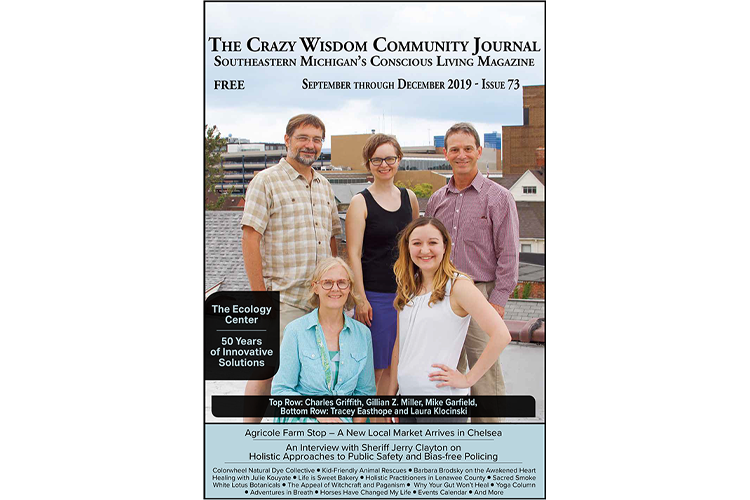
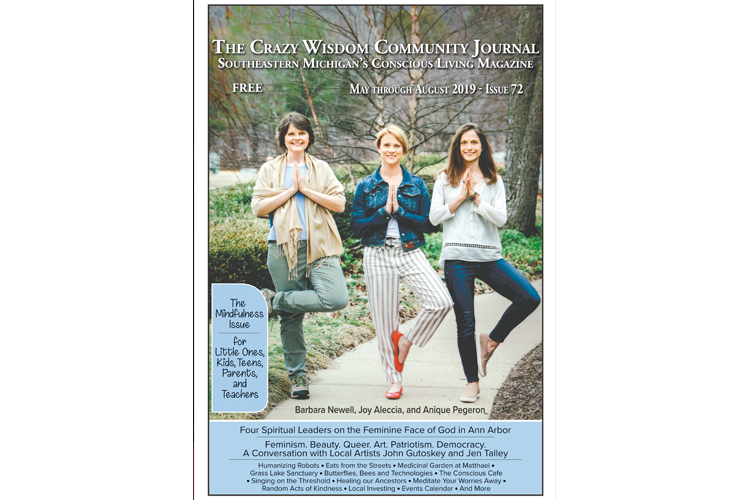
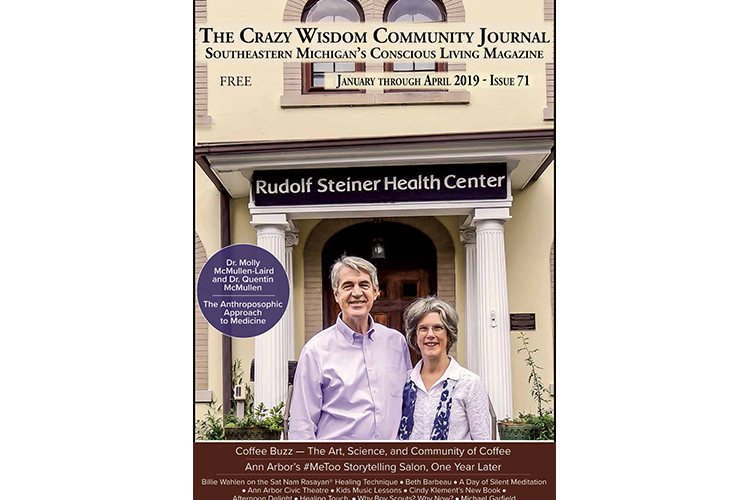
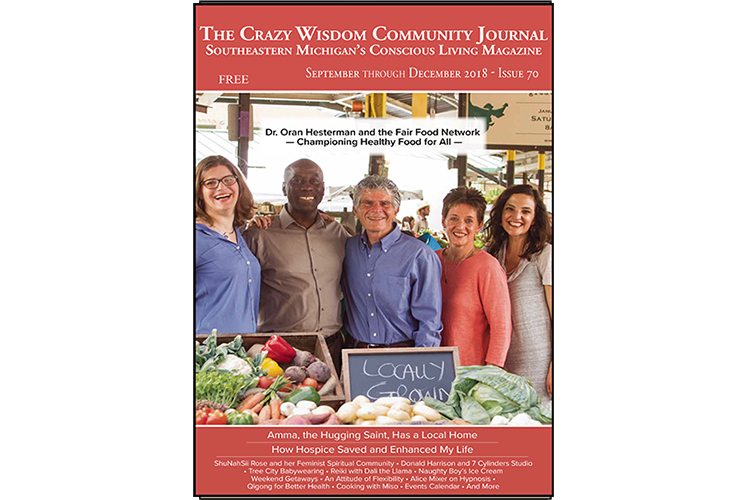
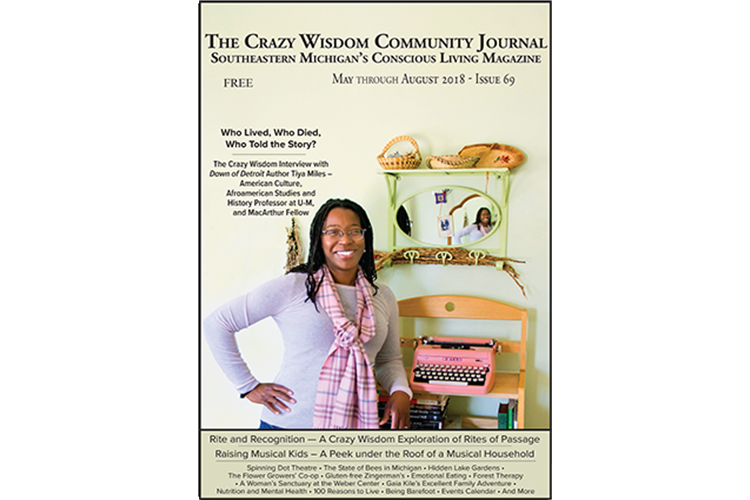

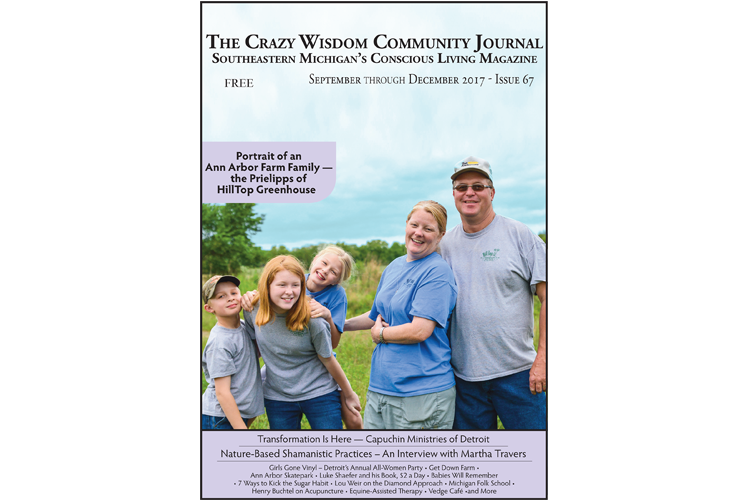
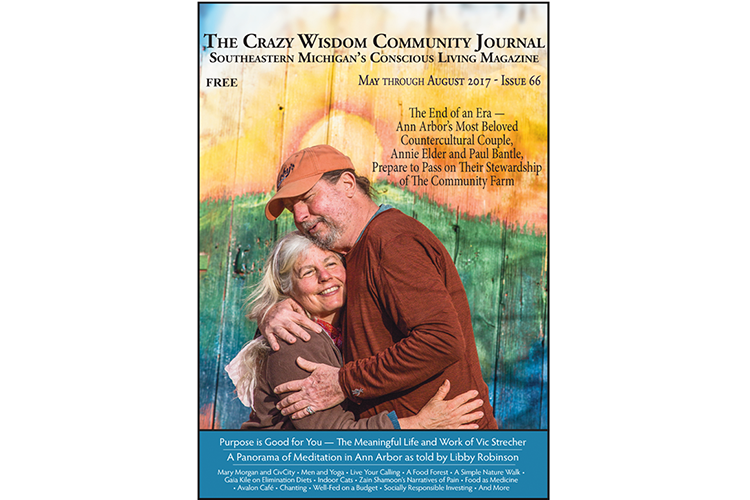
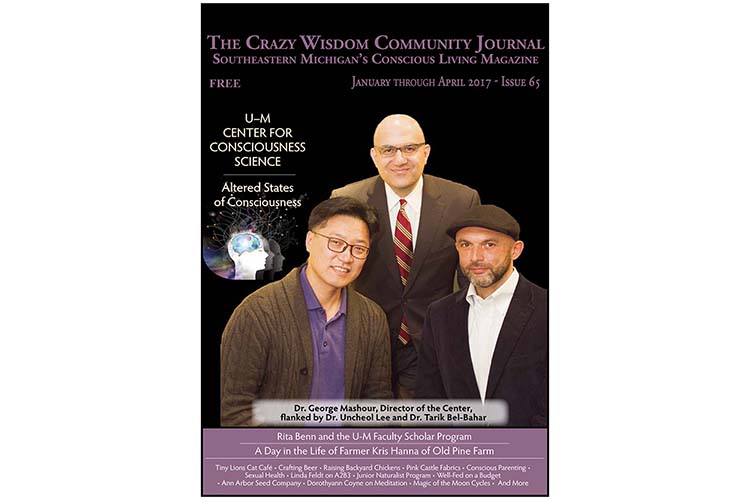
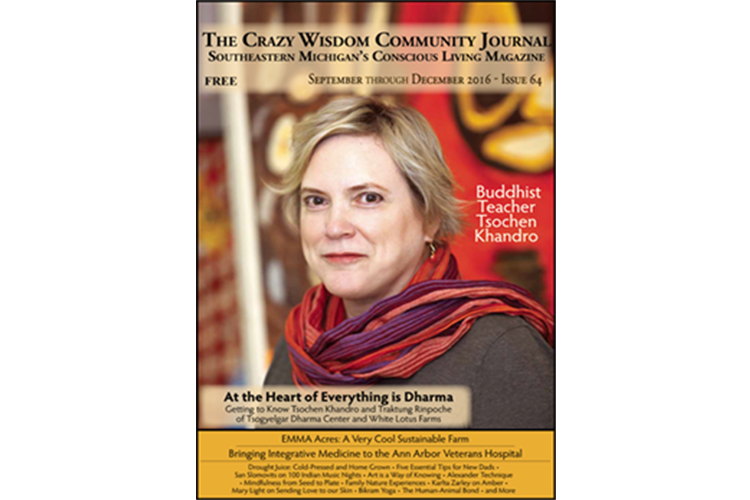
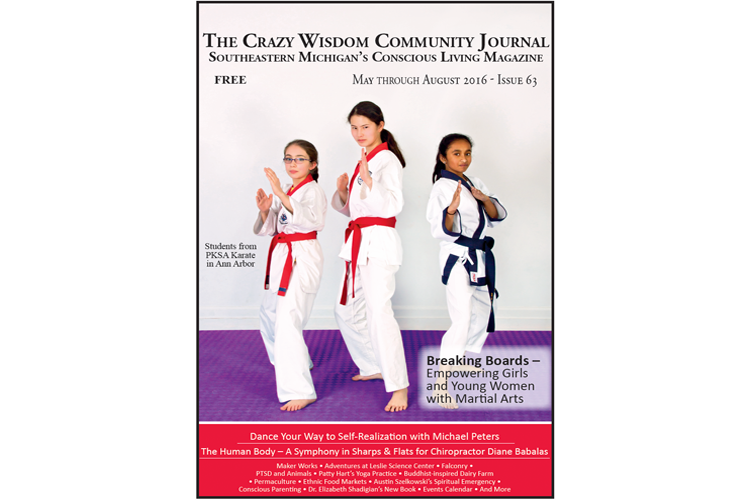
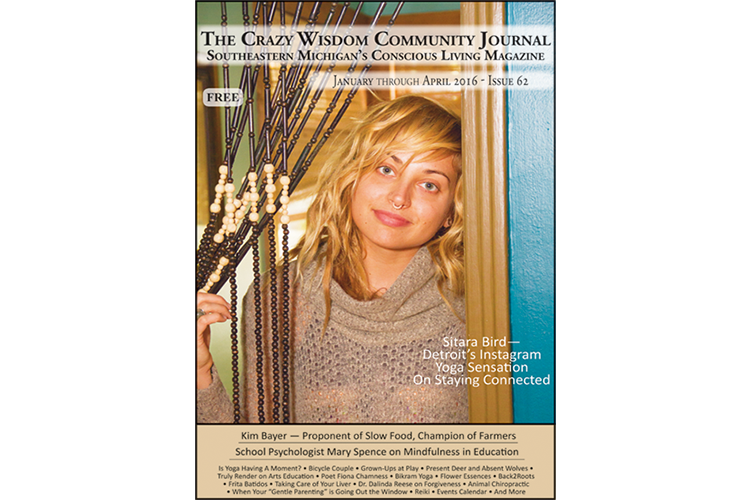




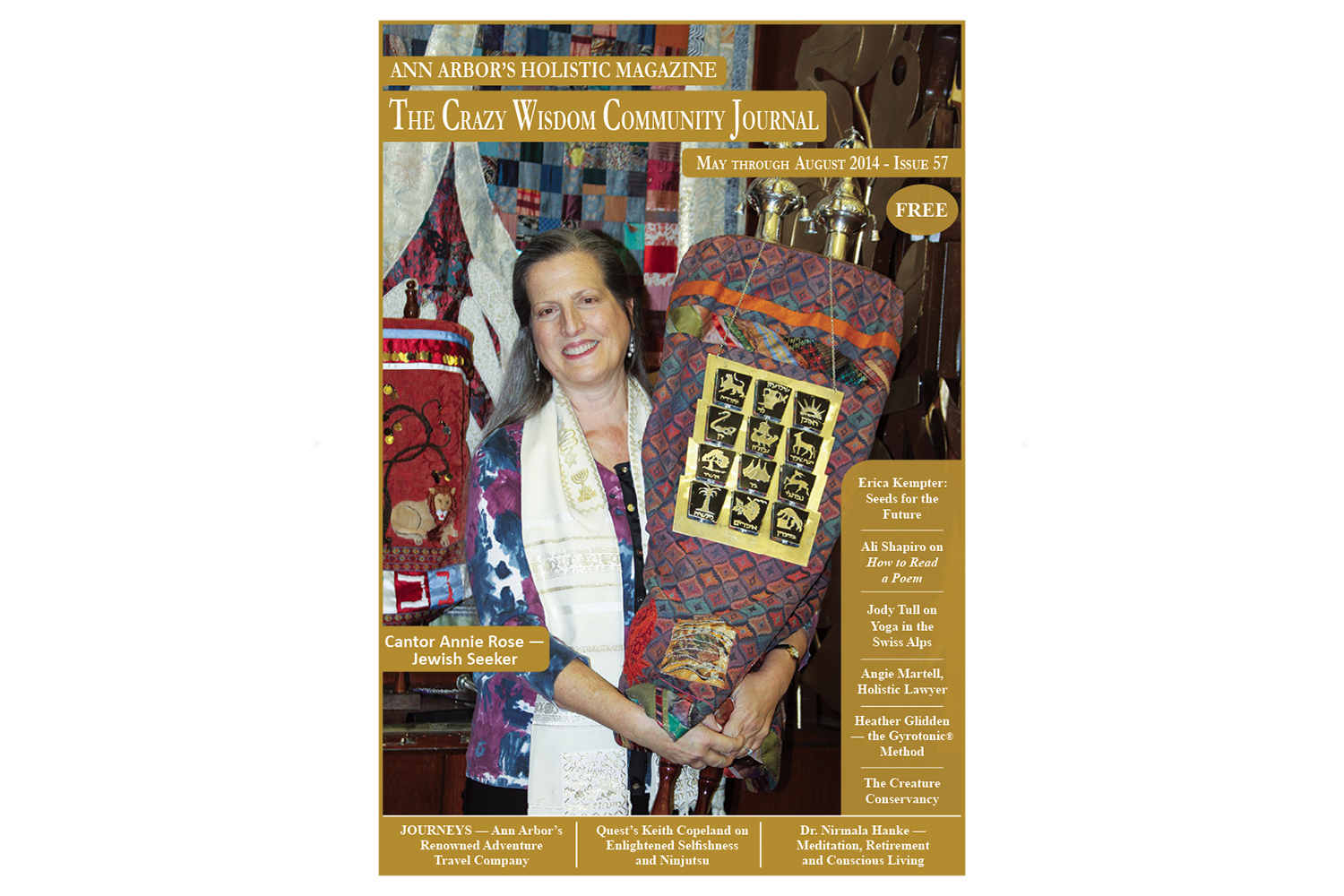
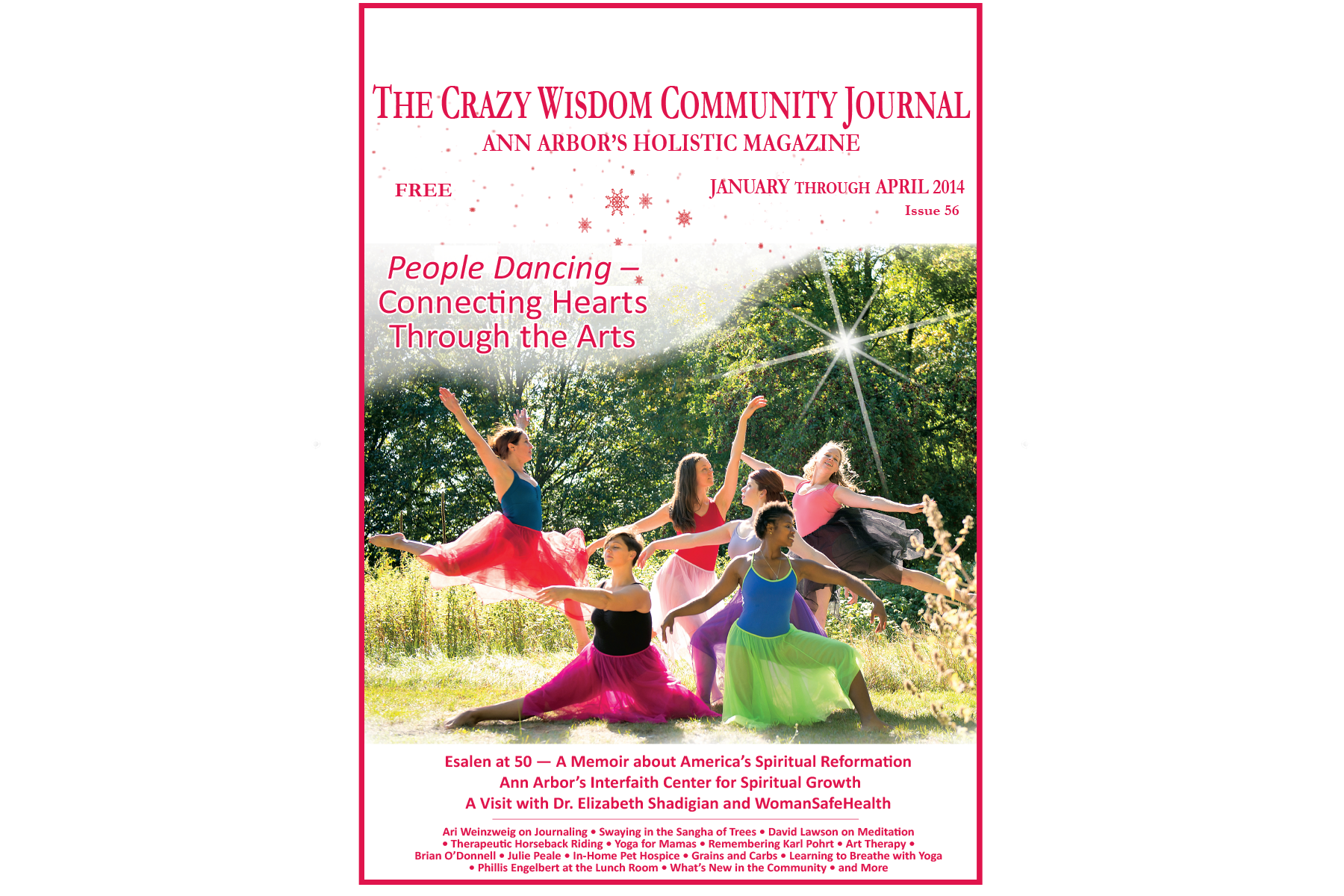
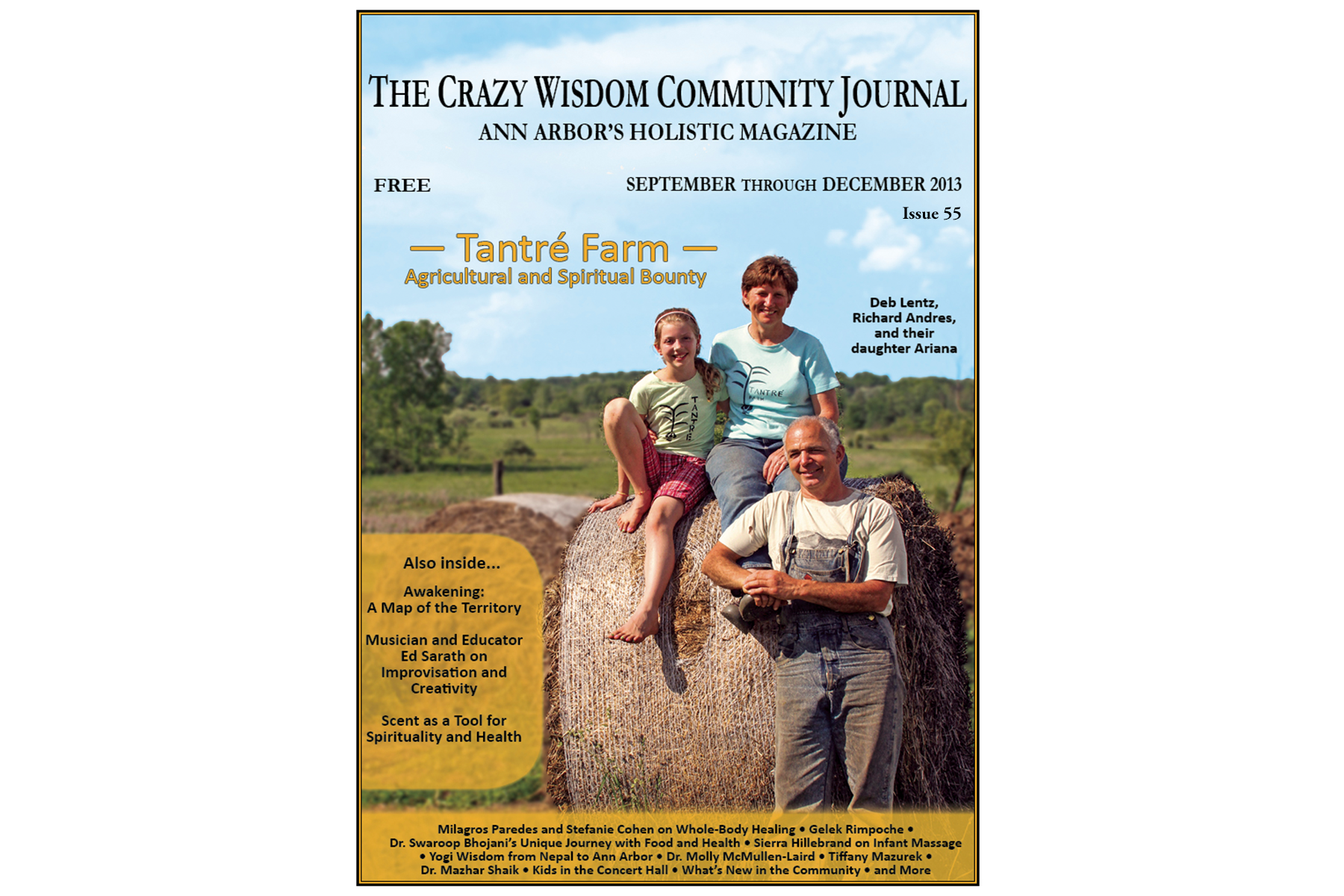
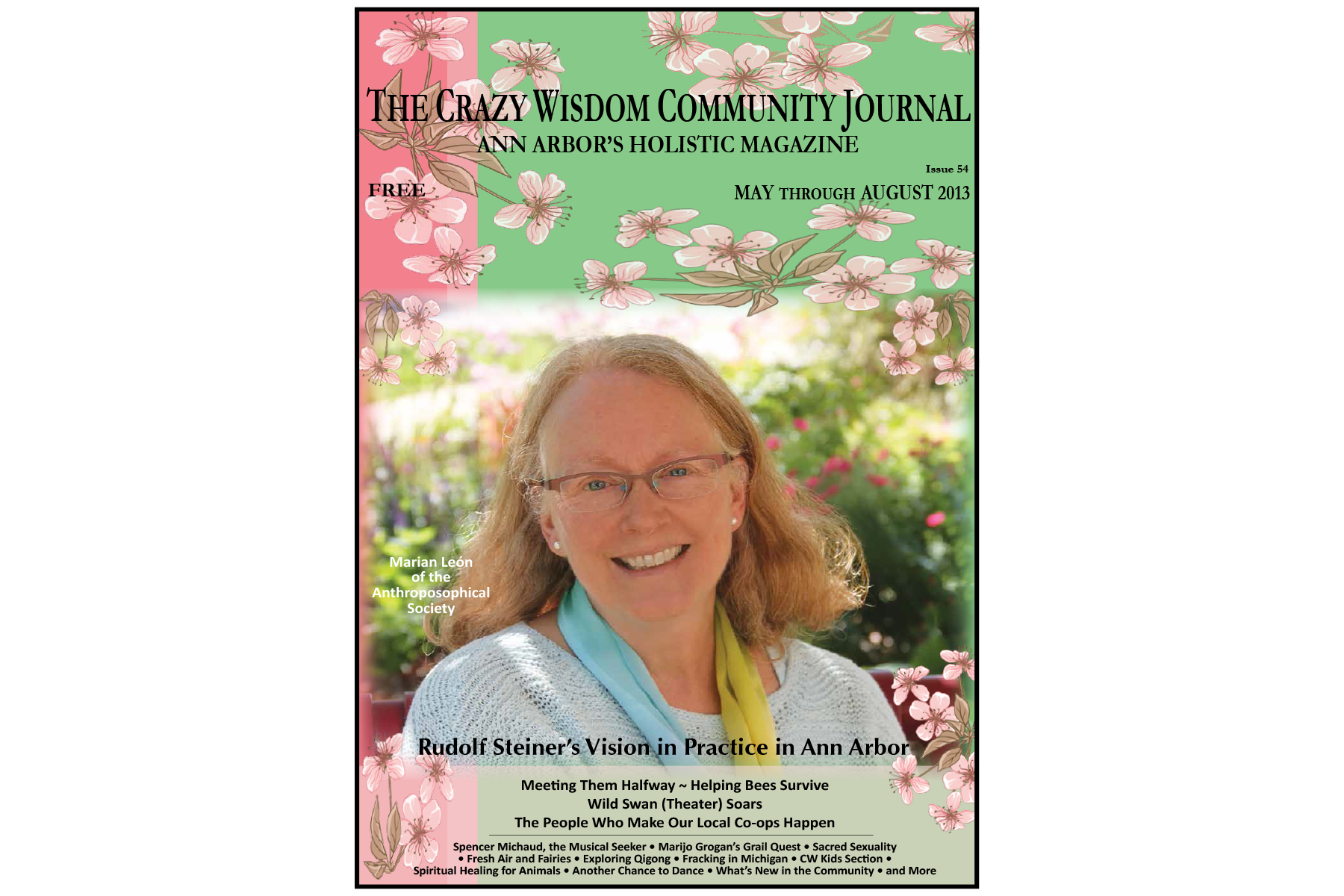
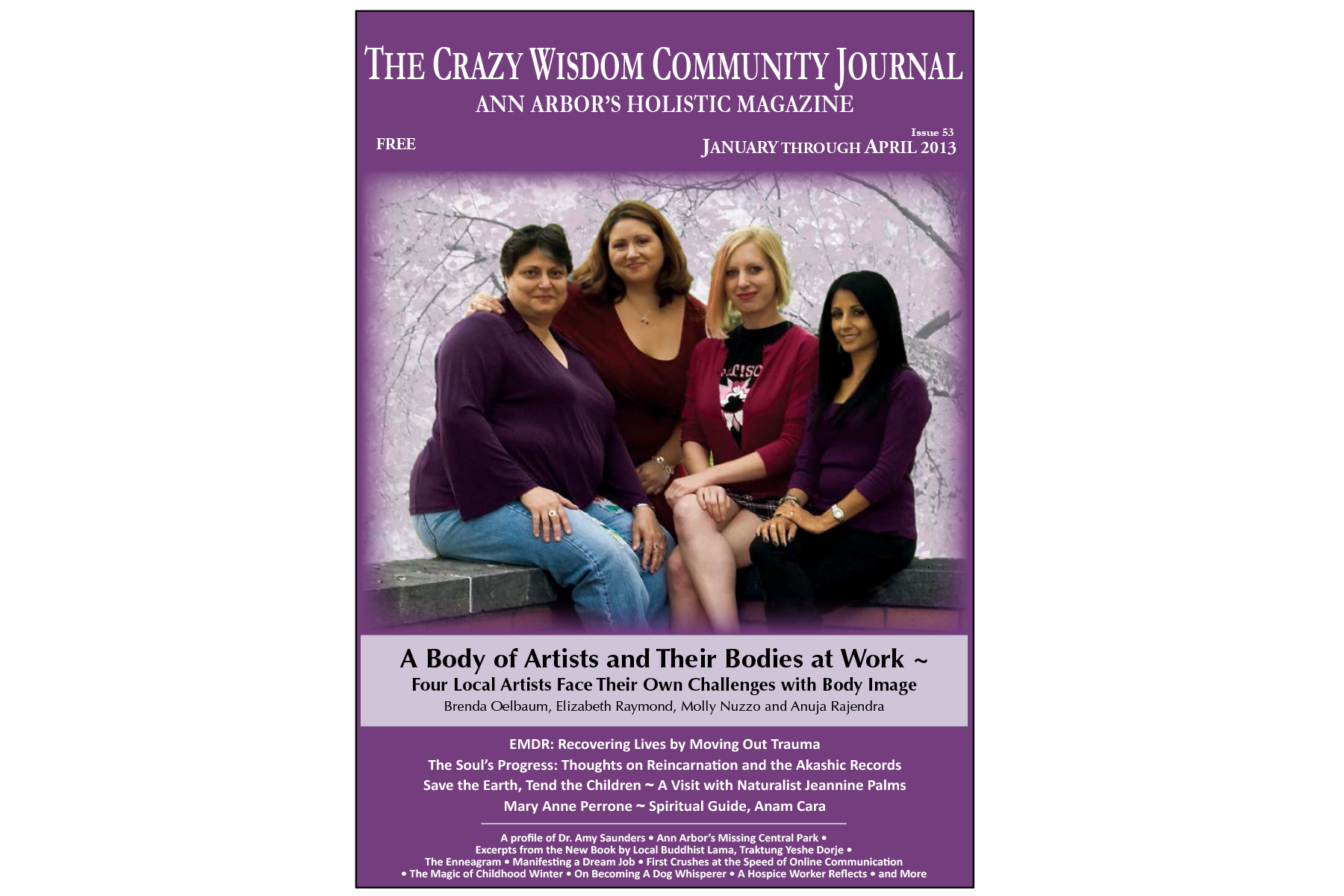
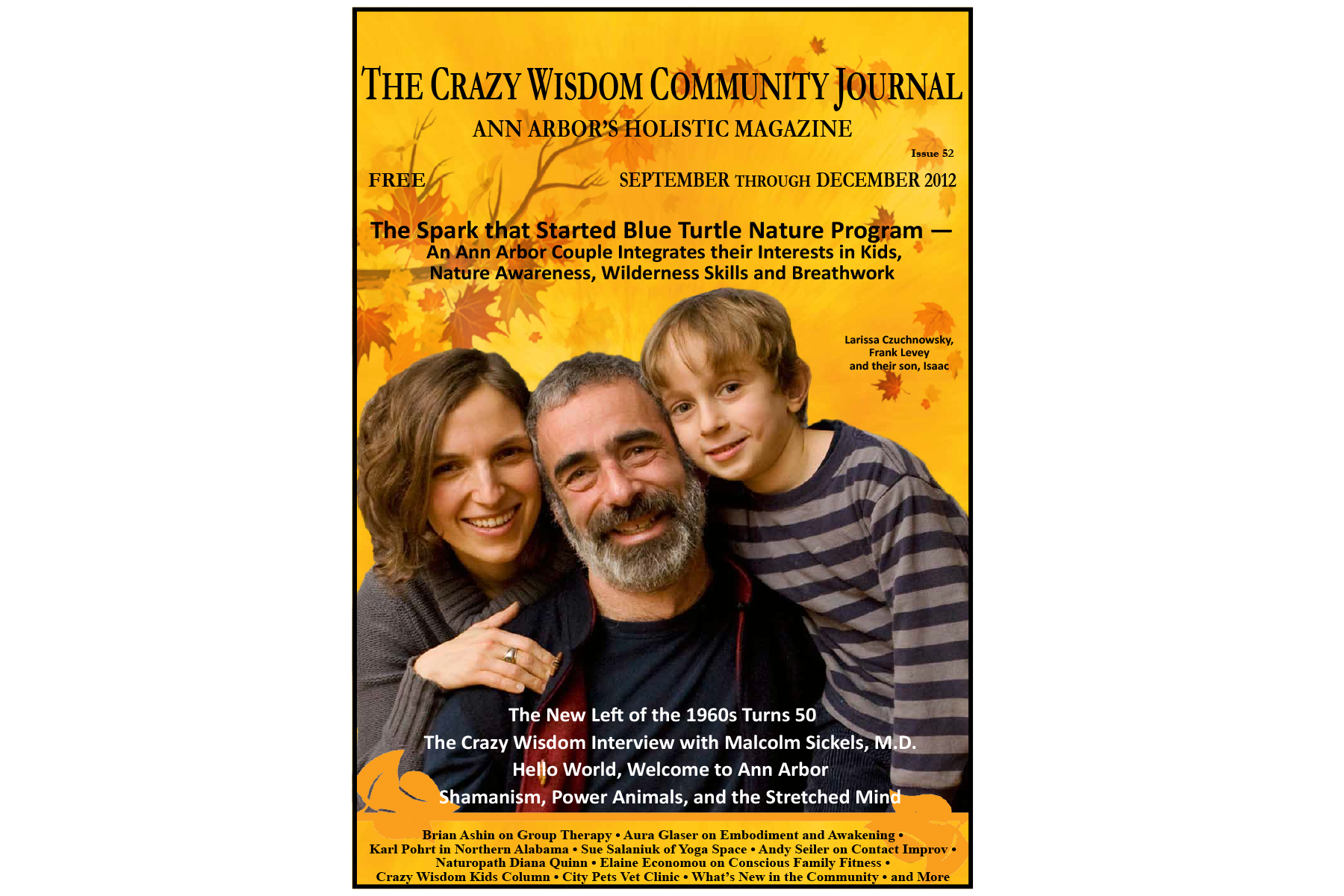
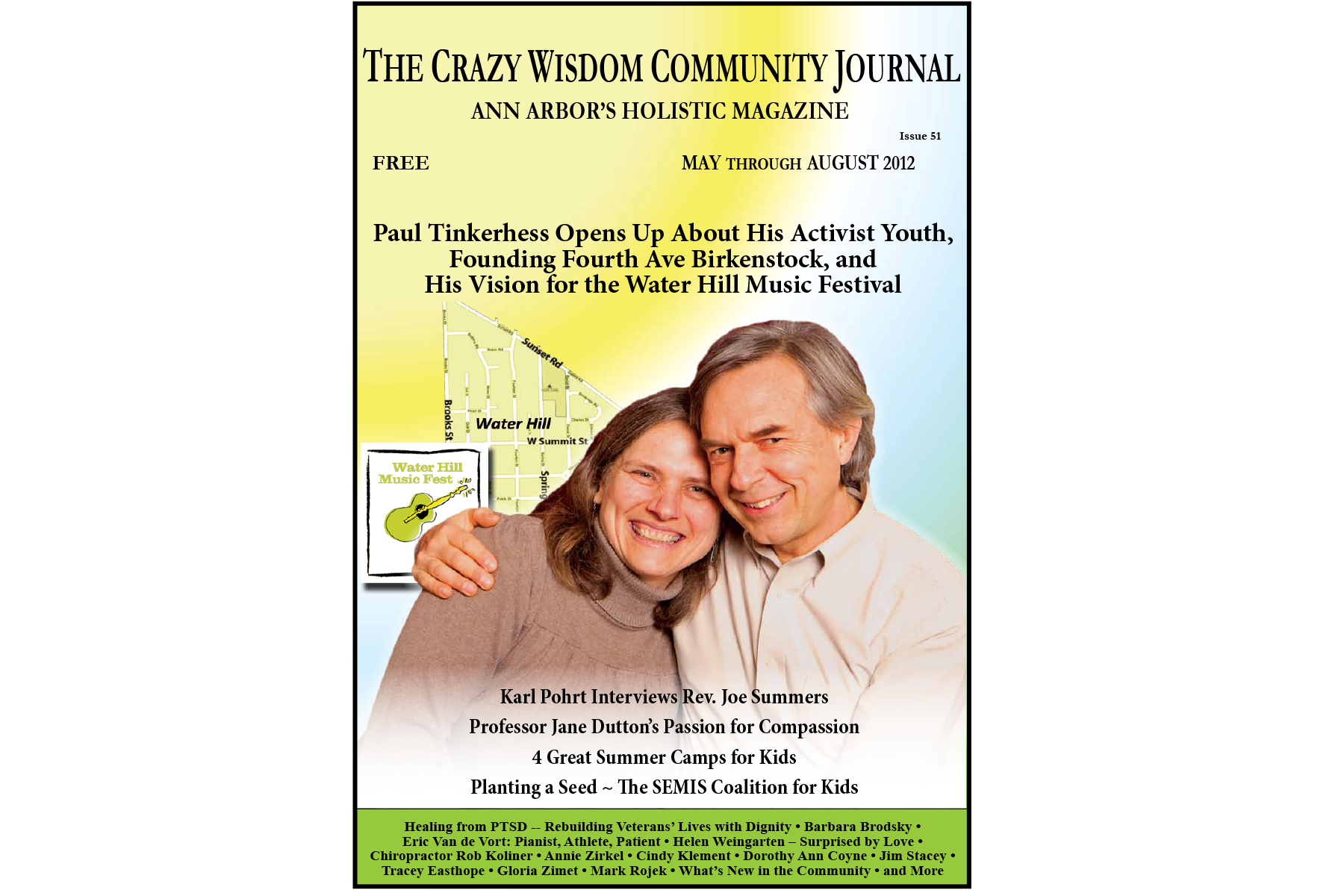

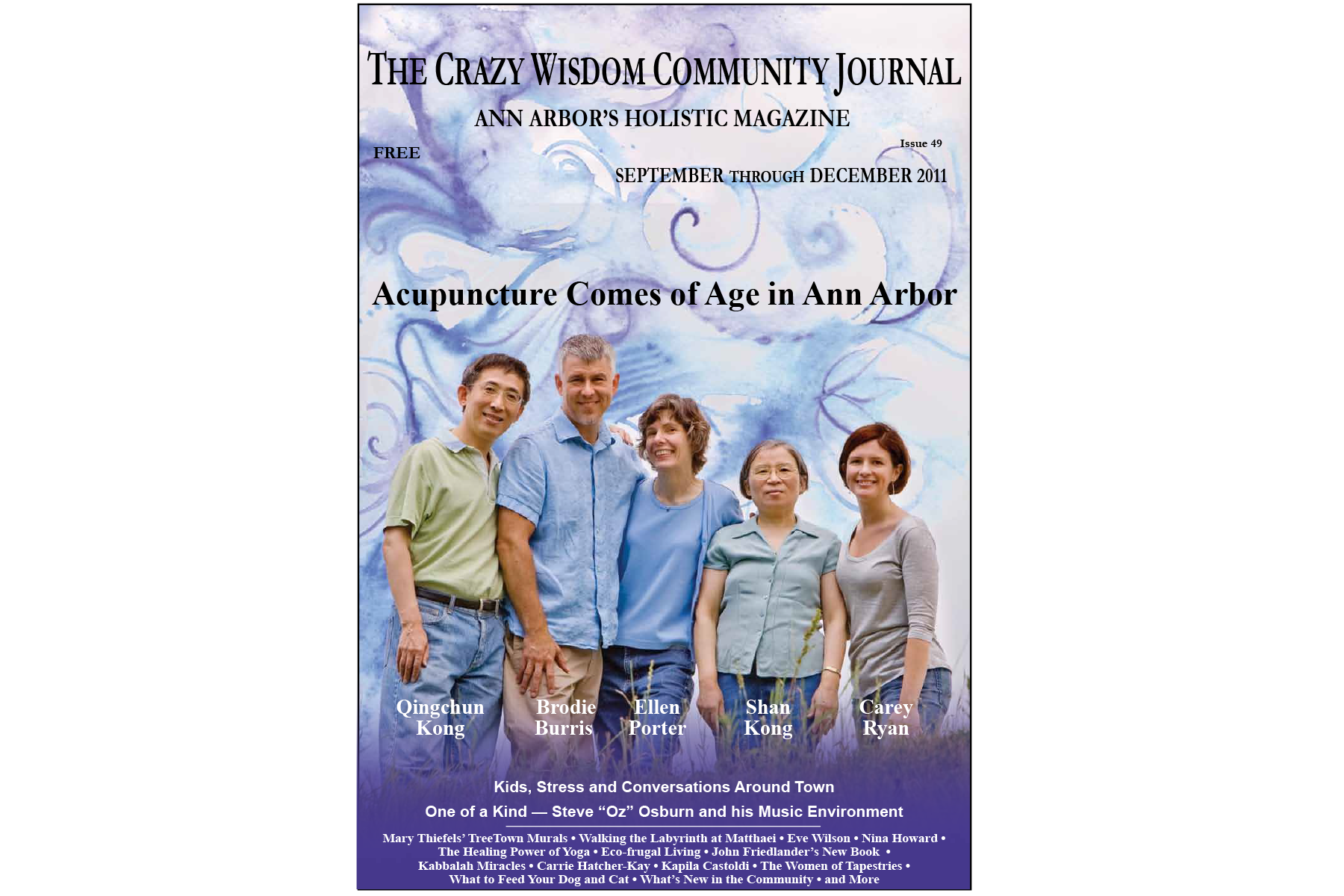
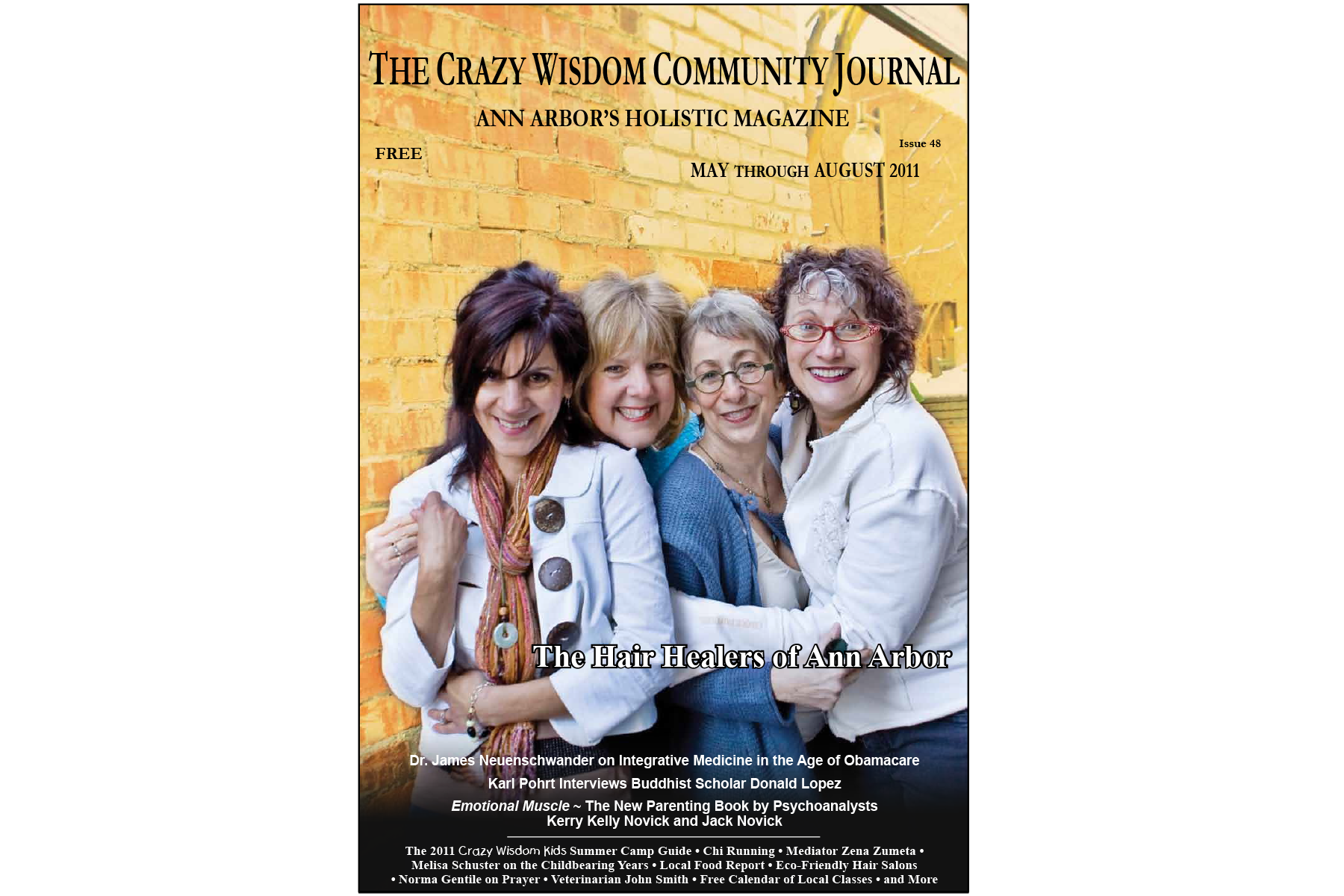
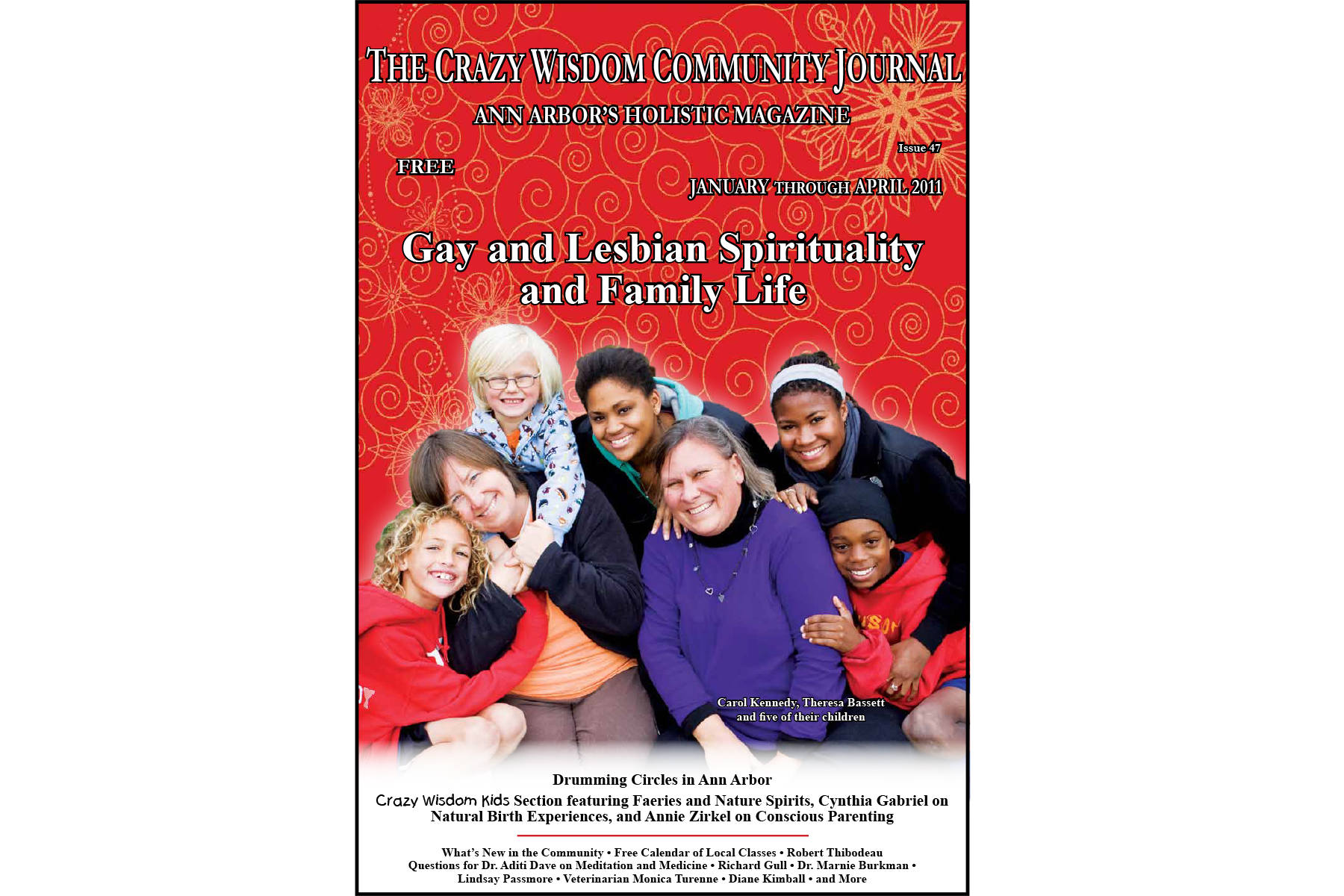
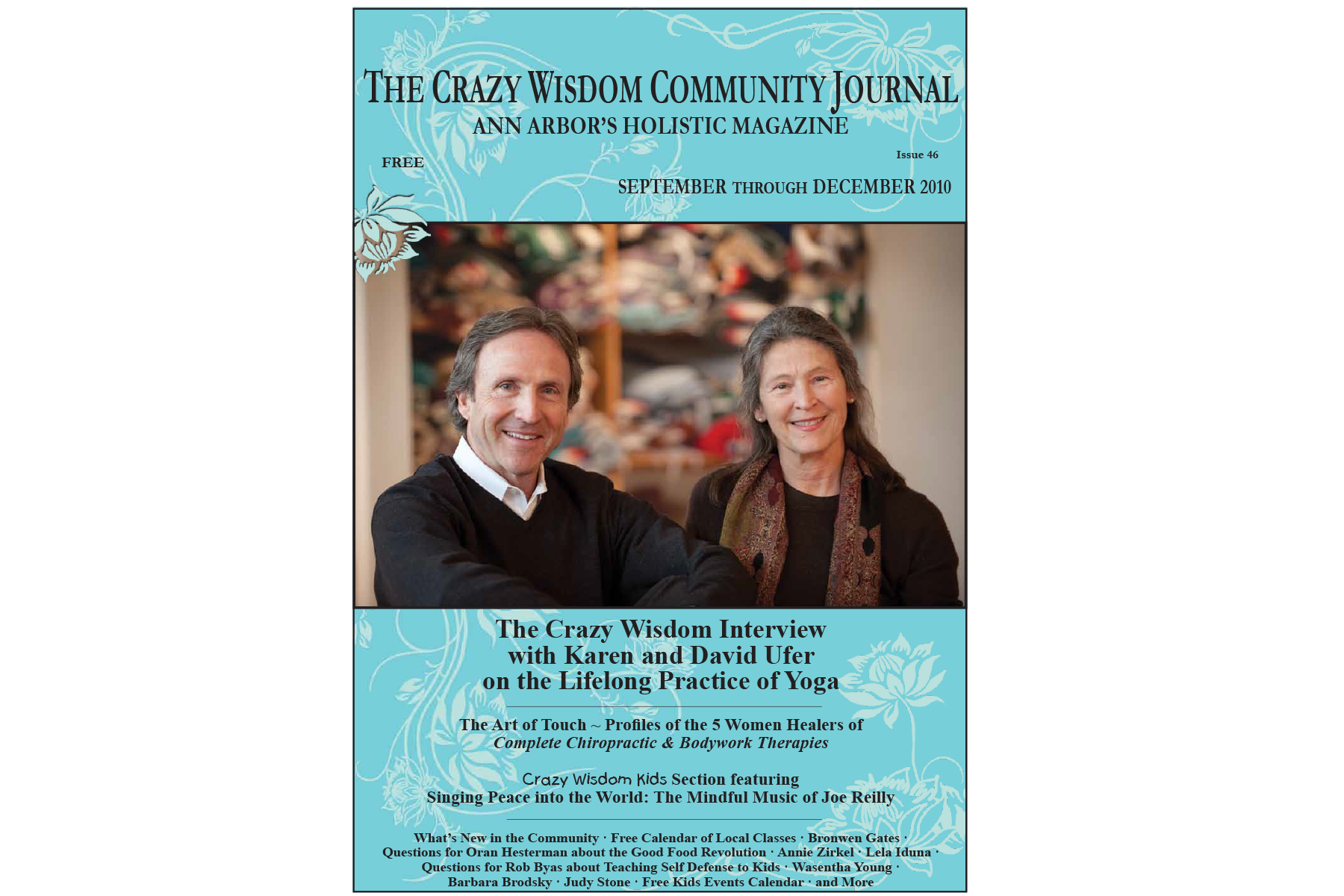
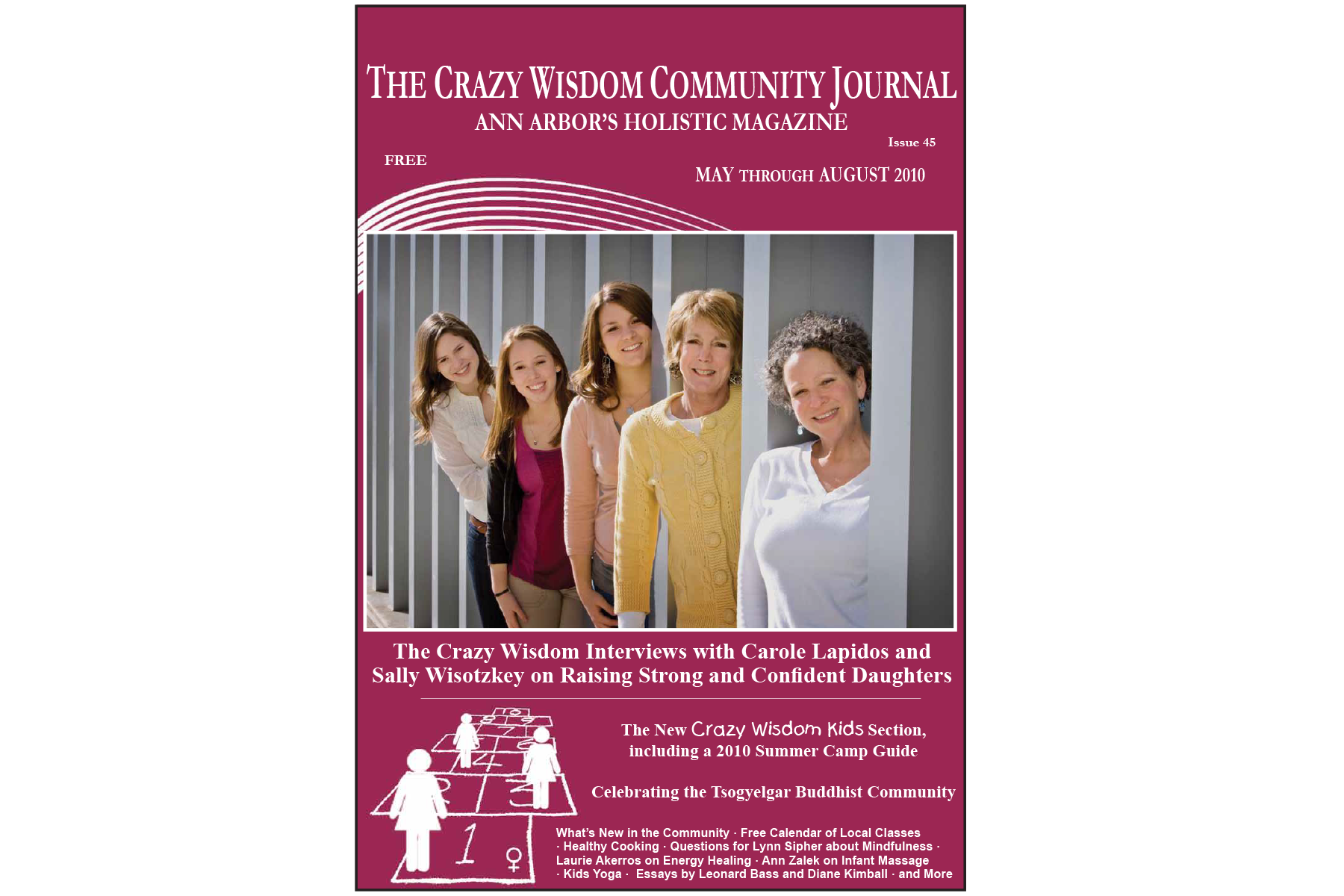
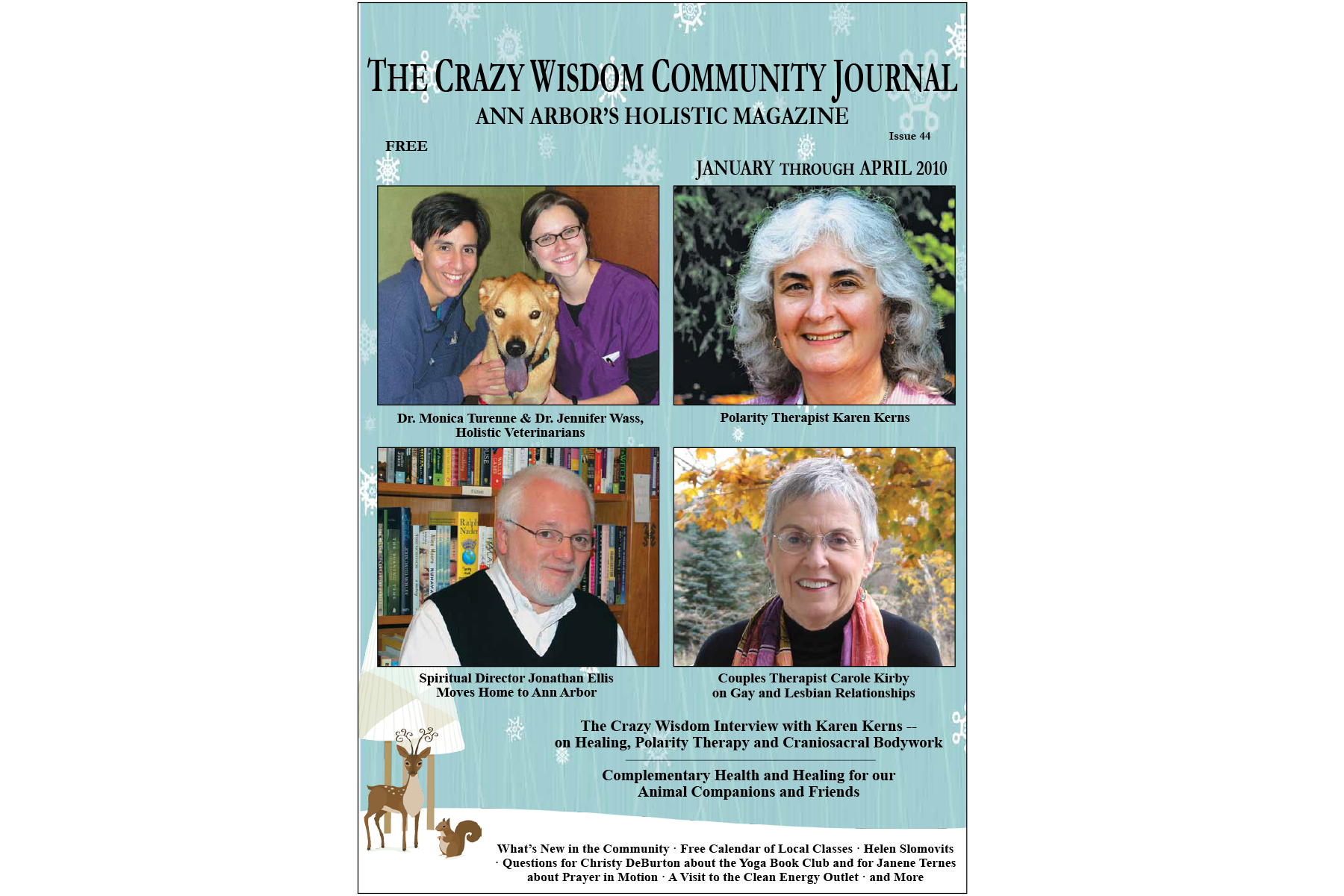



Those “angsty” teenage things suddenly meant nothing though when my father abruptly died from a heart attack at the age of 57. I was 19. The incredible pain, fear, emptiness, and anger of those days can’t be adequately described. I felt like I carried huge, black, heavy boulders inside my body. It was hard to lift my feet. Smiling and laughing had become foreign to me. I carried the weight of the world on my shoulders.